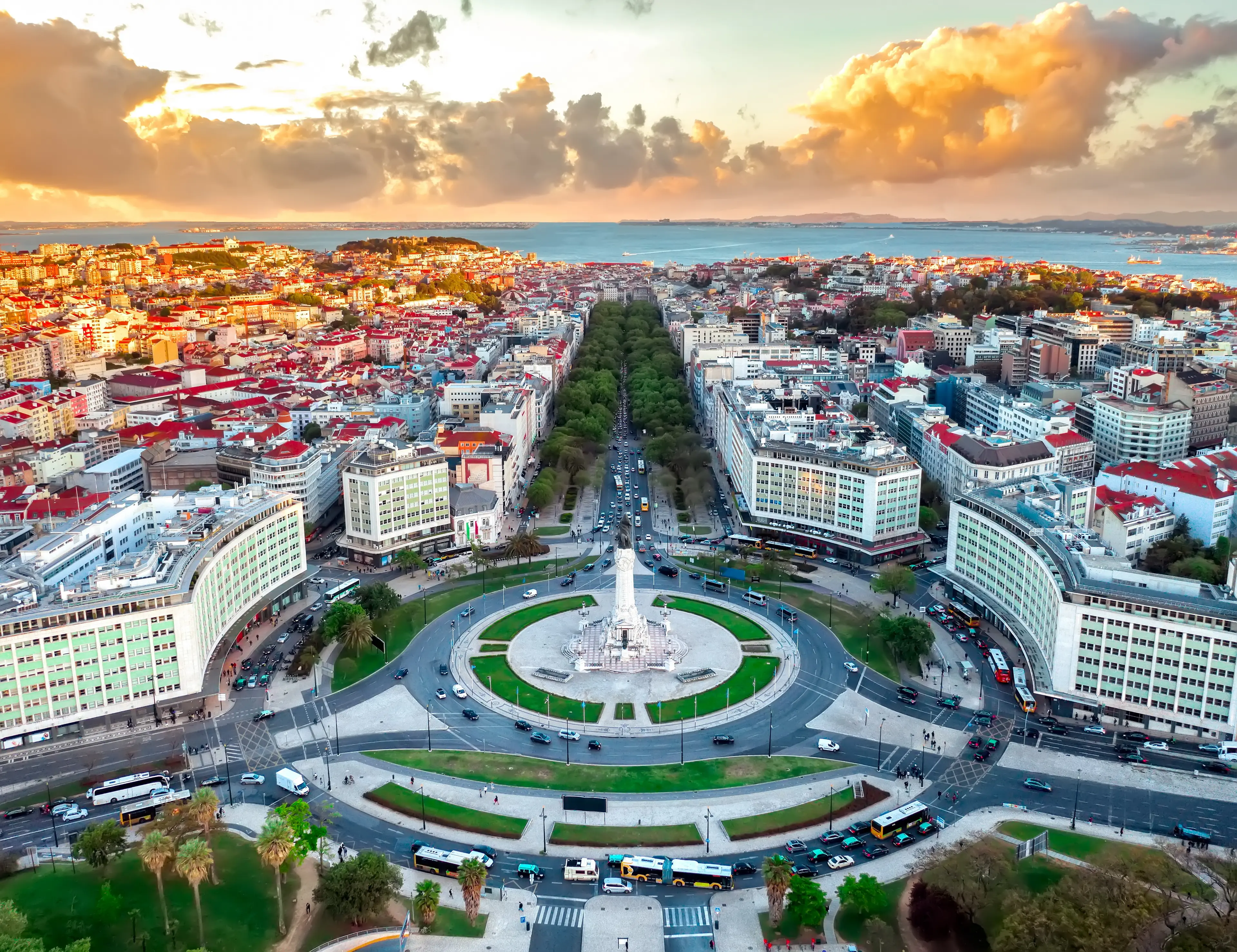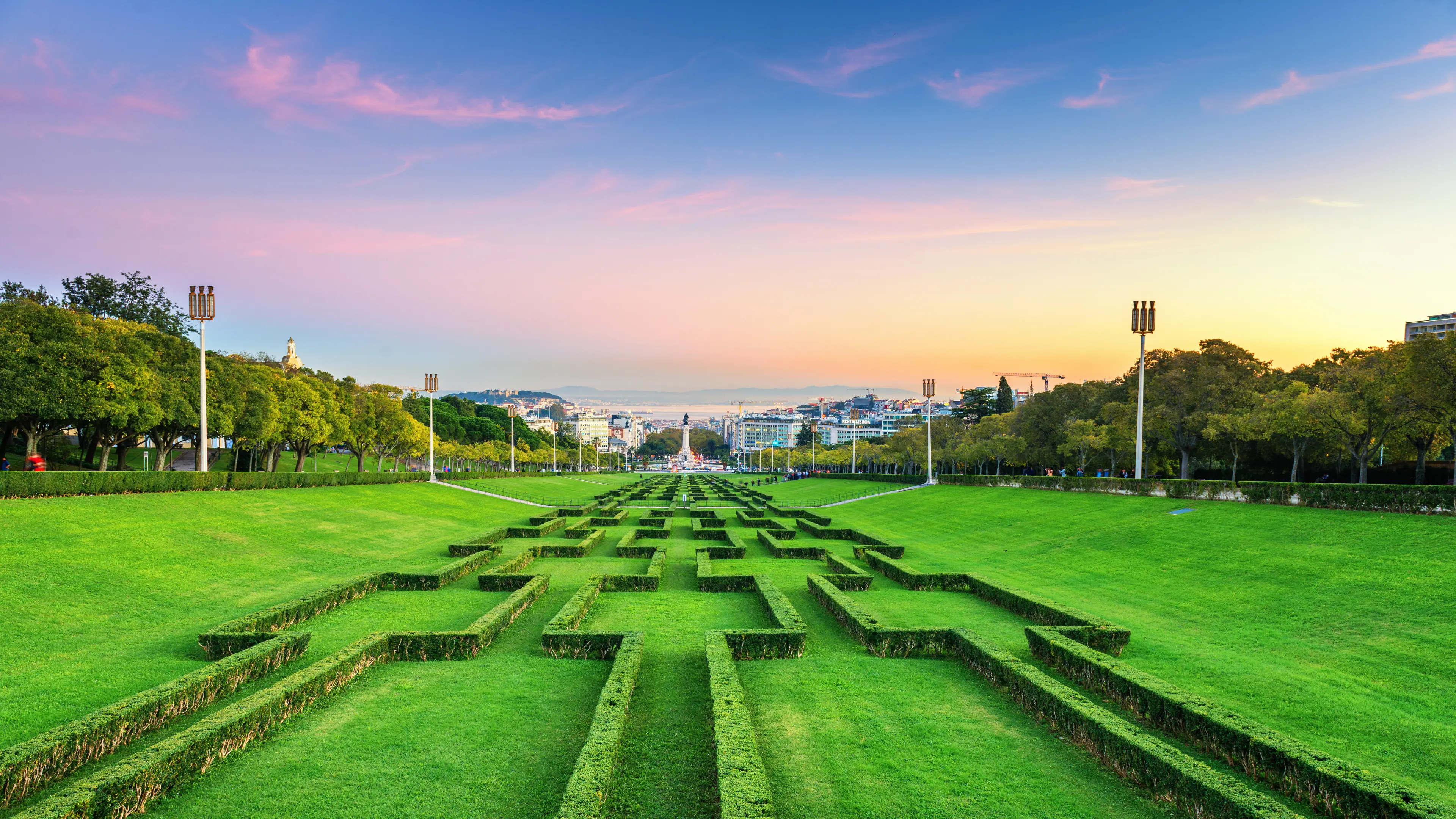Explore Lisbon, Portugal: A Comprehensive 1-Day Itinerary
Lisbon, Portugal
1 days
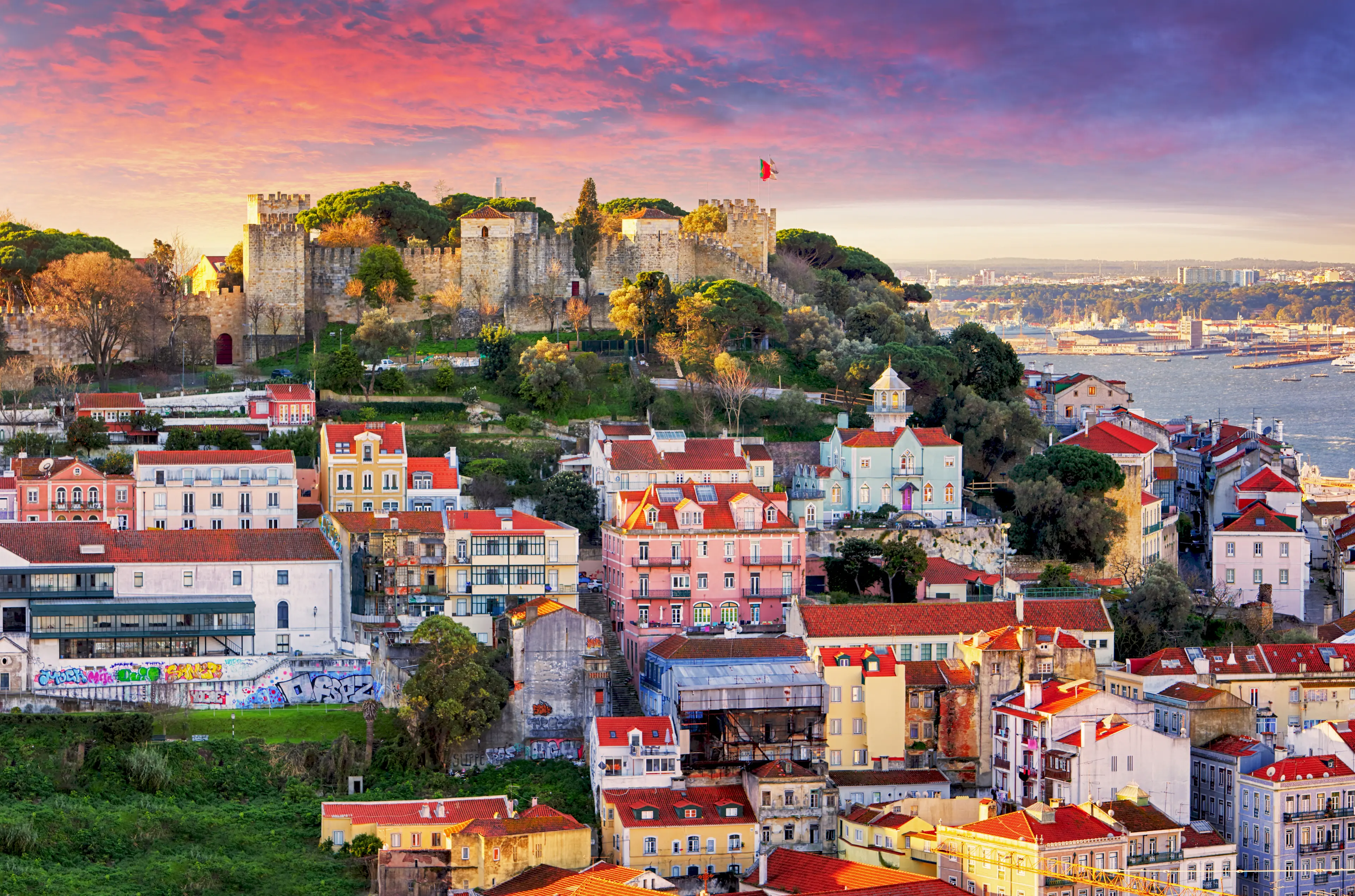
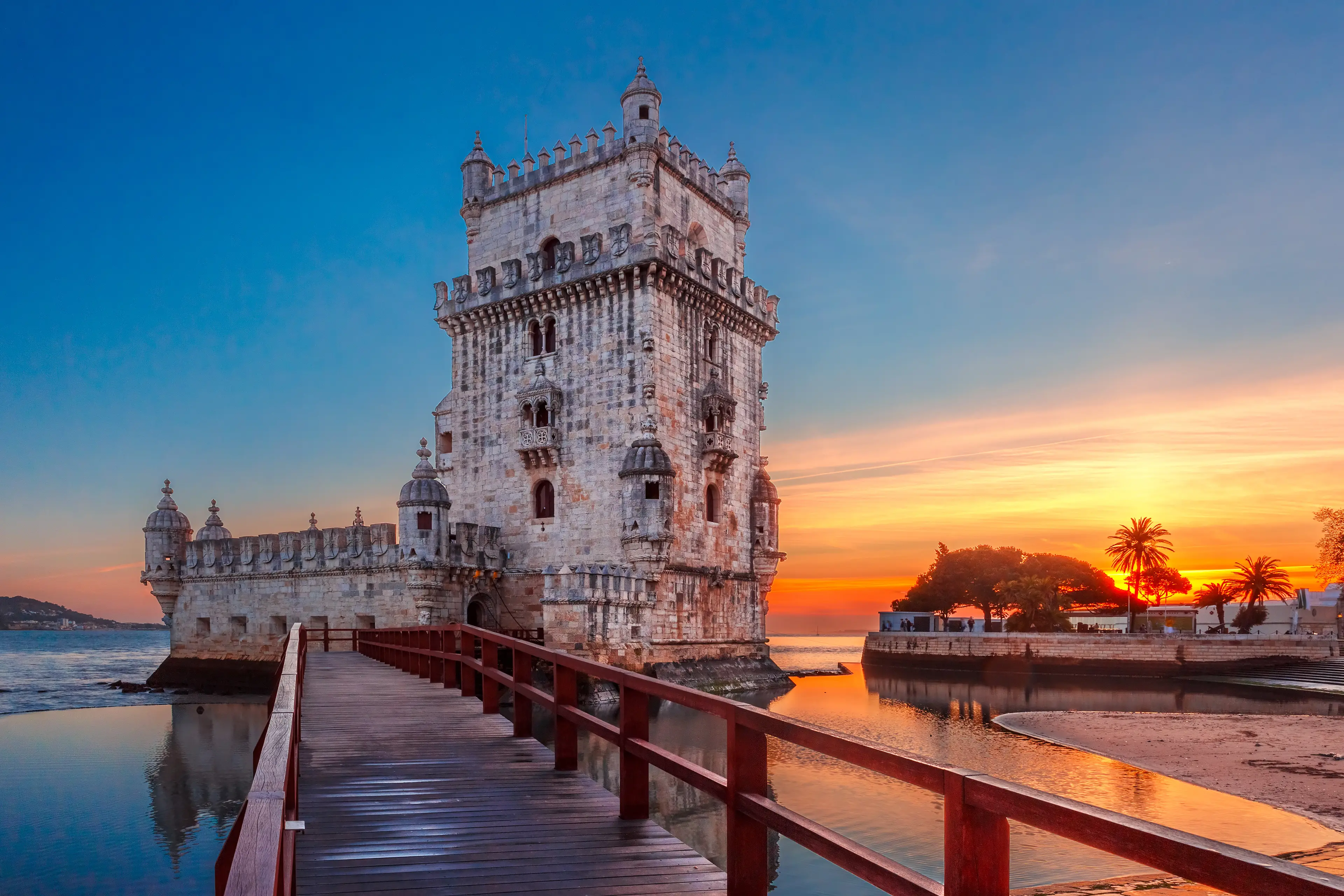

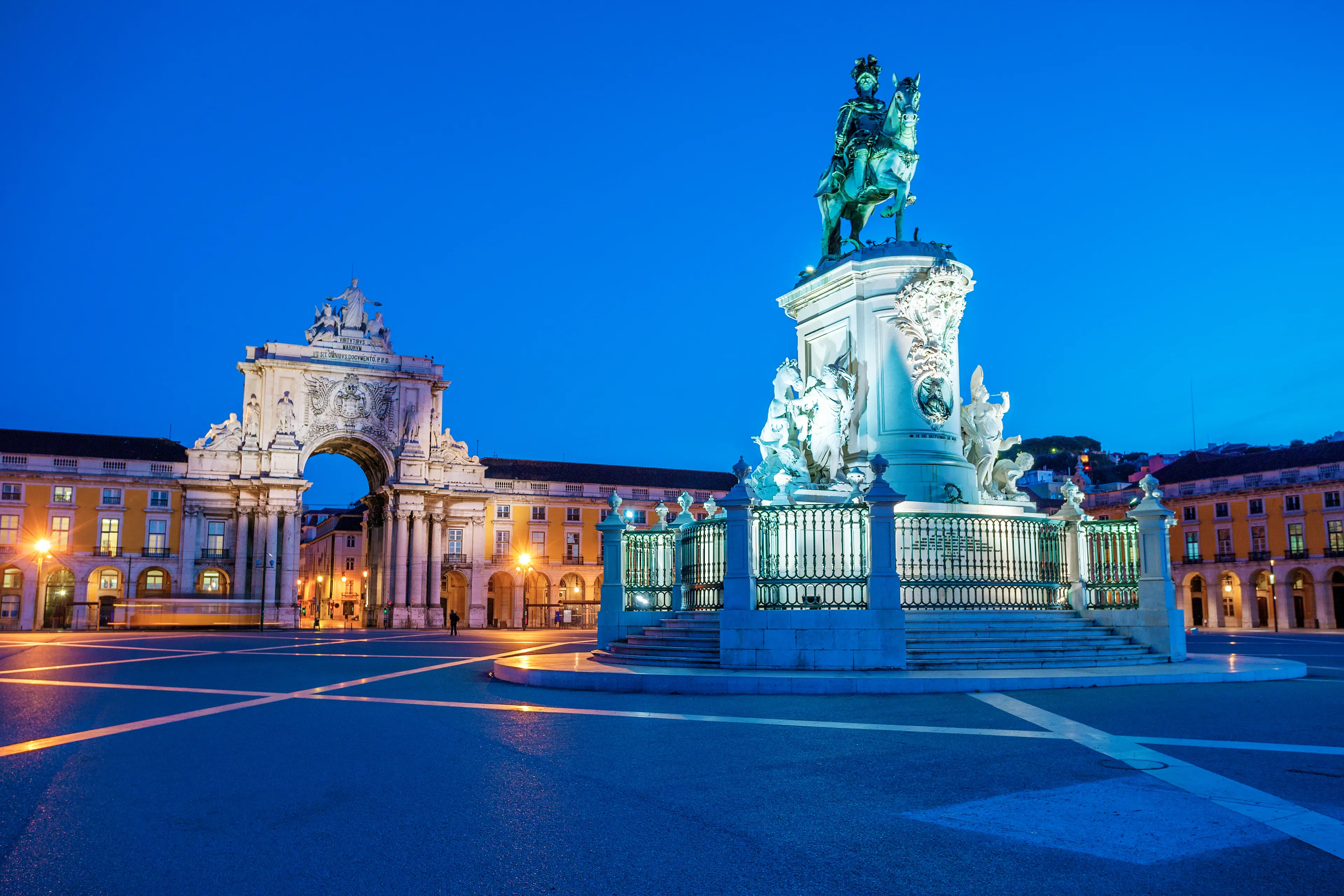
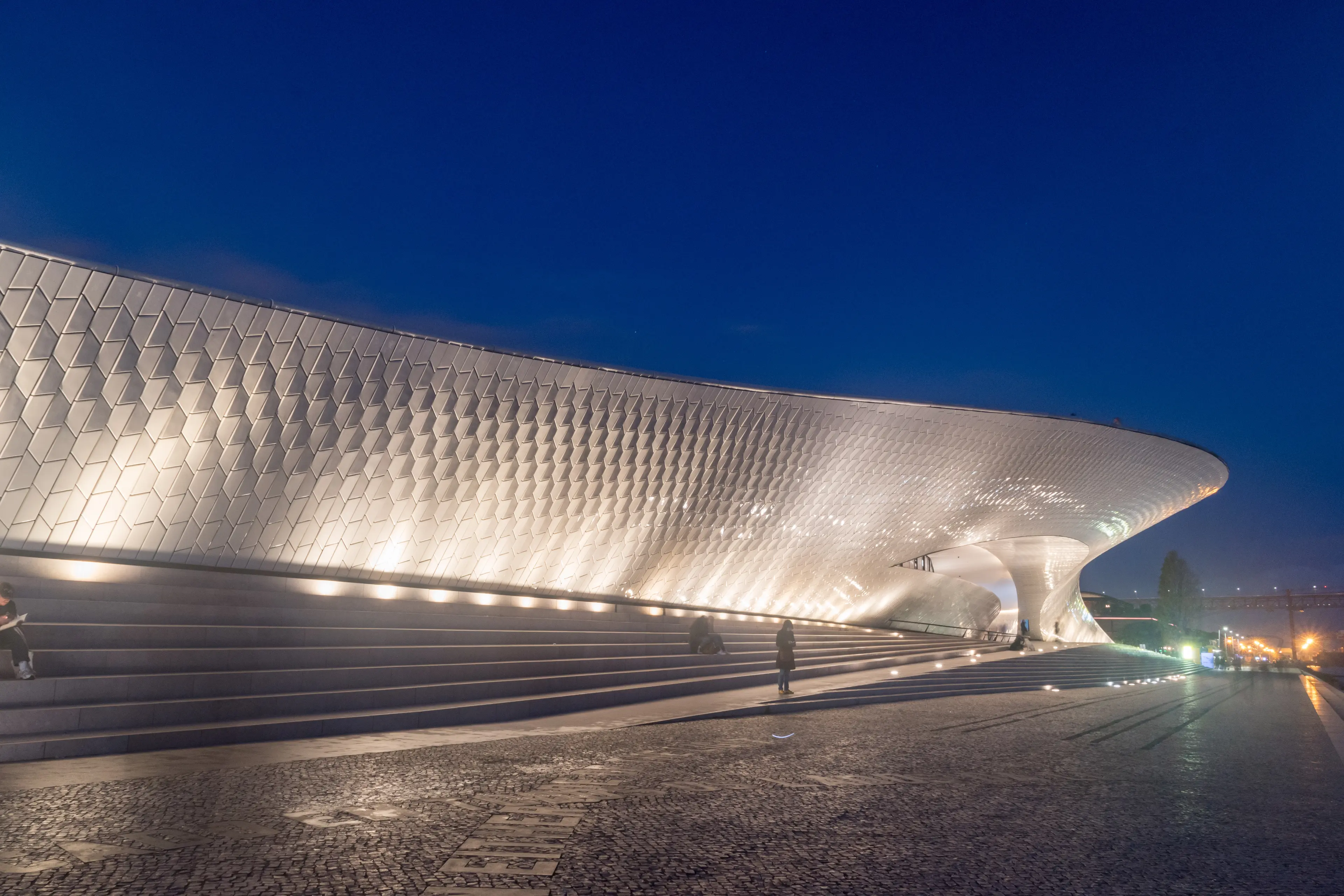
About Lisbon, Portugal
Discover the enchanting city of Lisbon, Portugal's vibrant capital. Nestled on seven hills, Lisbon offers breathtaking views, historic neighborhoods, and a blend of traditional and contemporary cultures. Explore the UNESCO-listed Jerónimos Monastery, the iconic Belém Tower, and the colorful Pena Palace. Wander through the narrow streets of Alfama district, the city's oldest quarter, or enjoy a ride on the vintage Tram 28. Indulge in delectable Portuguese cuisine, particularly the famed Pastéis de Belém. Visit the bustling Mercado da Ribeira for a taste of local produce. With its rich seafaring history, stunning architecture, and lively nightlife, Lisbon promises a captivating travel experience. Don't forget to enjoy a Fado performance, Portugal's soulful folk music, to complete your Lisbon journey.
1-Day Itinerary
Attractions in Itinerary (10)
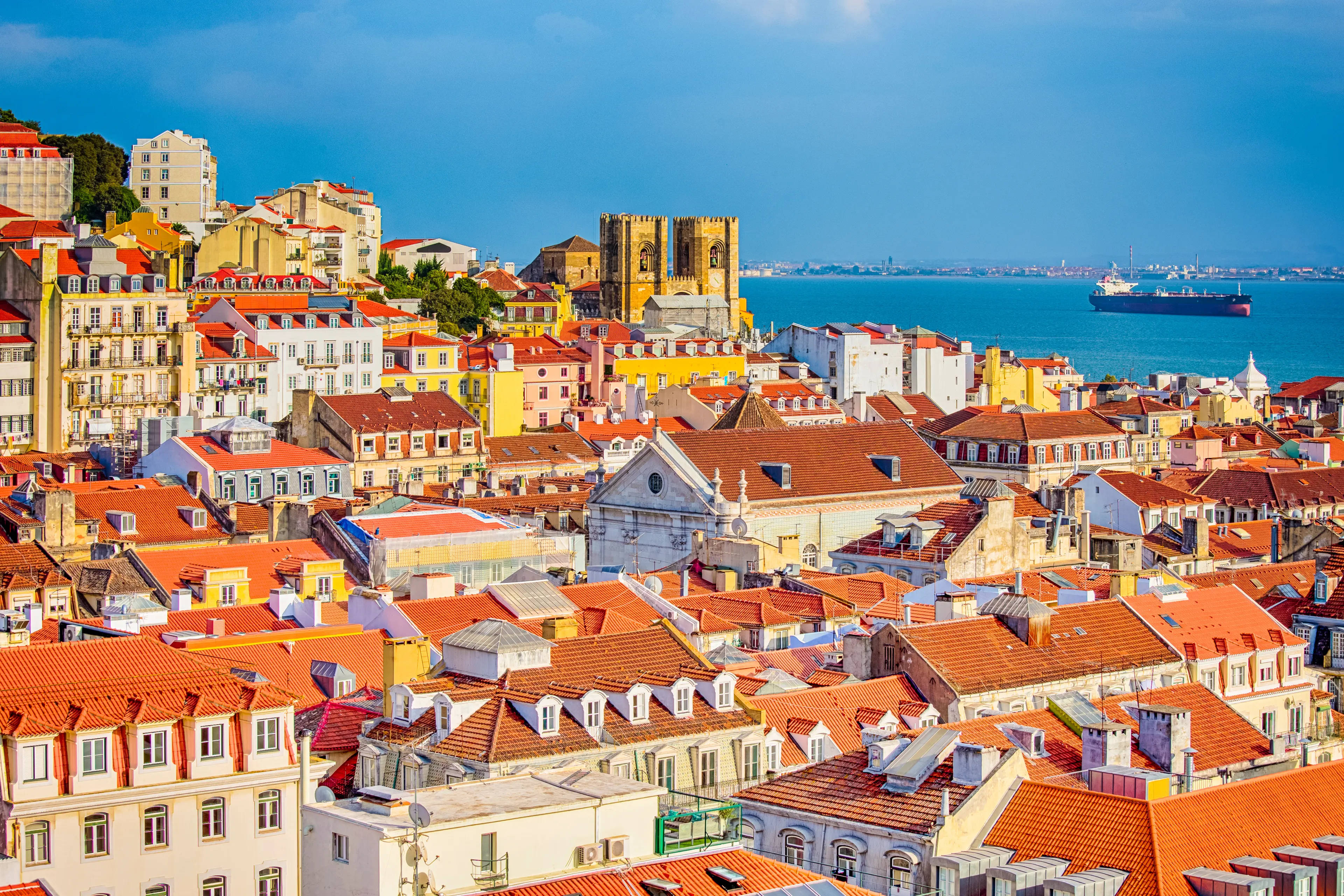
1Alfama
Alfama is Lisbon's oldest district, filled with narrow, winding streets, colorful buildings, and offers a great view of the Tagus River.
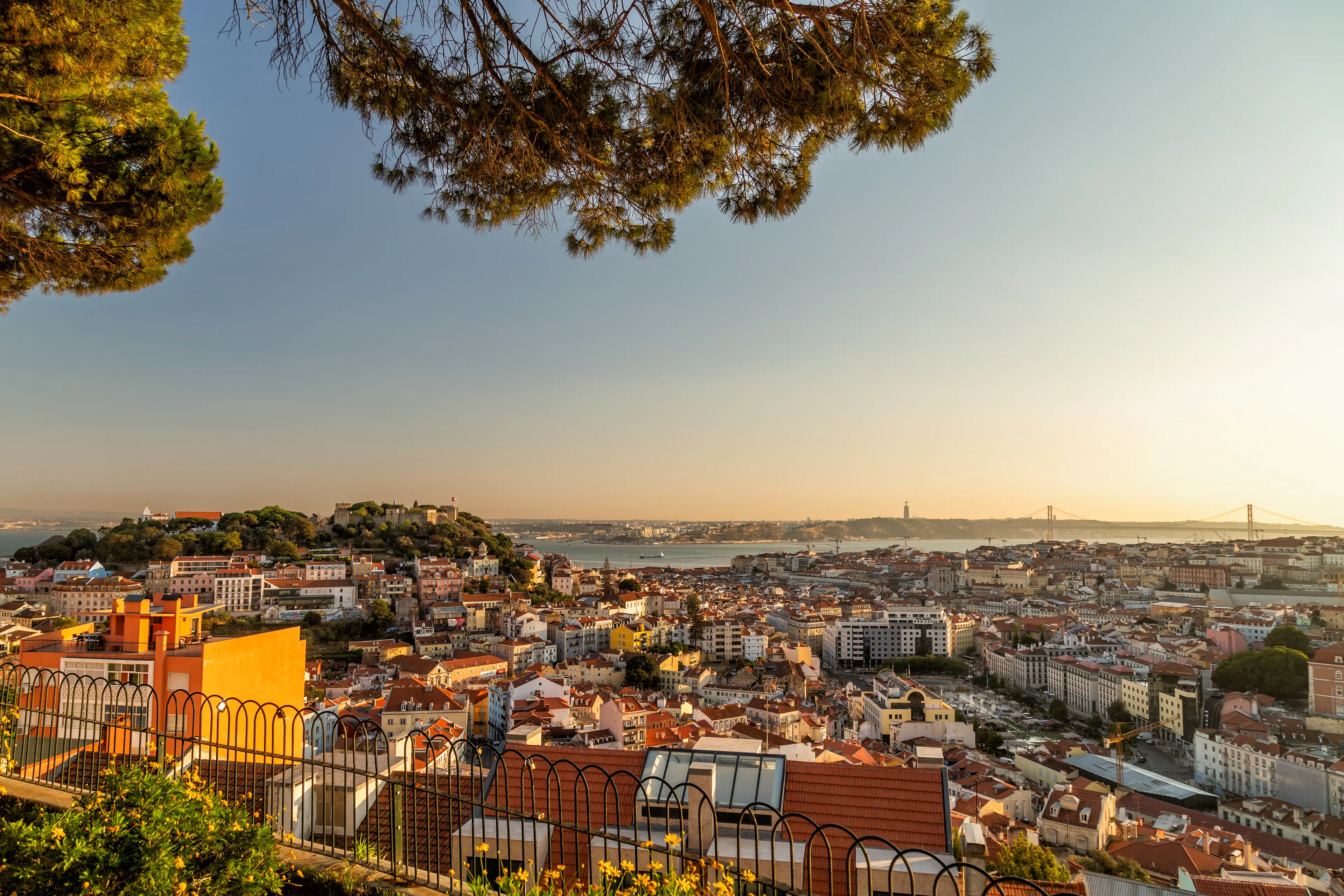
2Miradouro da Senhora do Monte
This is the highest viewpoint in Lisbon, offering panoramic views of the city and the Tagus River.

3Lisbon Cathedral
The Lisbon Cathedral, often called simply the Sé, is a Roman Catholic church located in Lisbon. It is a mix of different architectural styles including Gothic and Romanesque, and is the oldest church in the city.

4Bacalhau a Bras
Bacalhau a Bras is a traditional Portuguese dish made from shredded cod, potatoes, and eggs. It's a popular comfort food in Lisbon and can be found in many local restaurants.
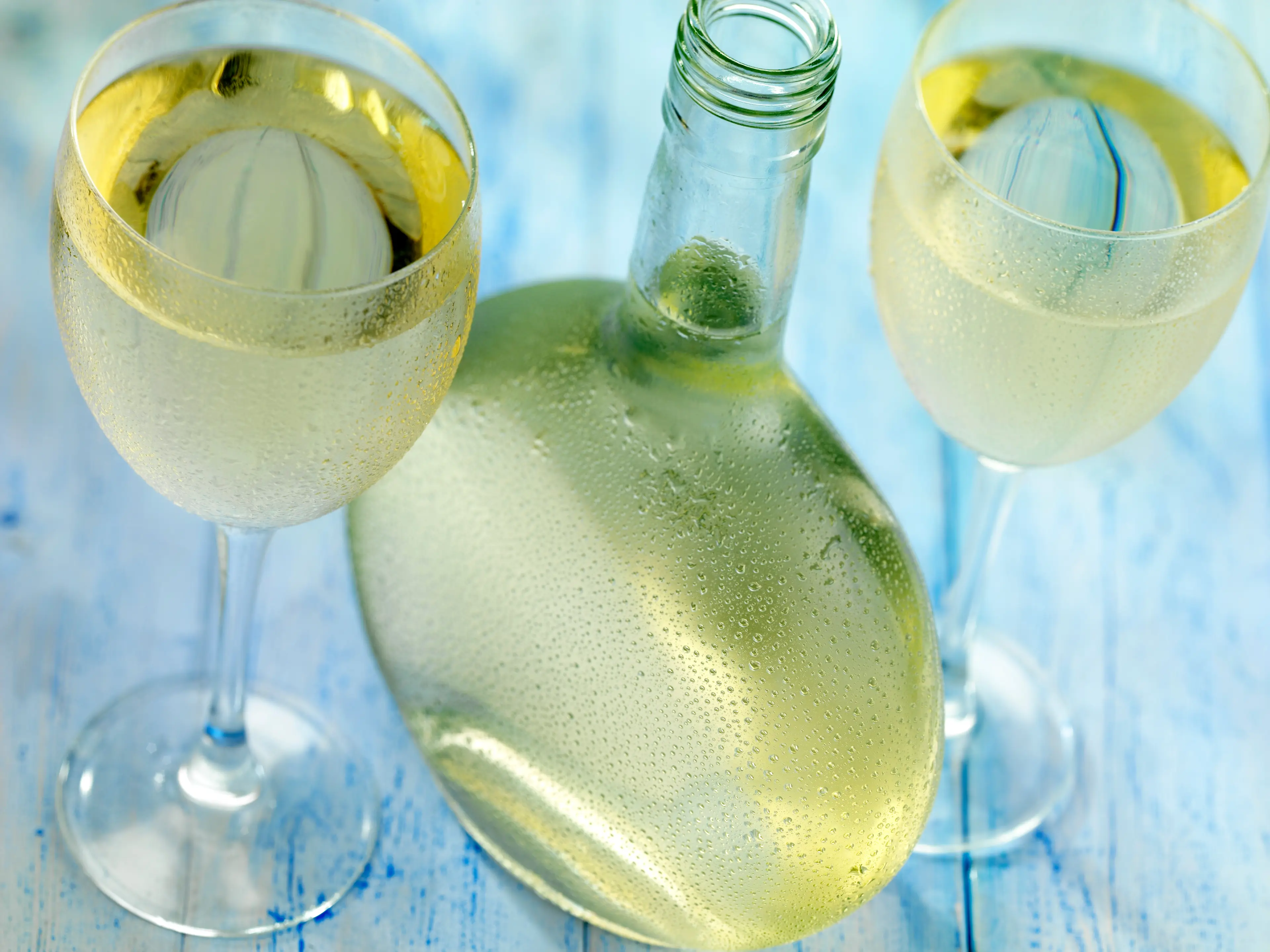
5Vinho Verde
Vinho Verde is a unique Portuguese wine that originated in the historic Minho province in the far north of the country. It is a light, fresh and slightly effervescent wine, perfect to accompany a meal or to be enjoyed on its own.

6Belem Tower
A fortified tower located in the Belem district of Lisbon. It's a UNESCO World Heritage site and a symbol of the Age of Discovery.

7Jeronimos Monastery
A stunning example of Manueline architecture, this monastery is a UNESCO World Heritage site. It houses the Maritime Museum and the National Archaeology Museum.

8Pasteis de Belem
Pasteis de Belem, also known as Portuguese custard tarts, are a popular dessert in Lisbon. They are made with a flaky pastry crust and a creamy custard filling, and are often sprinkled with cinnamon and powdered sugar.
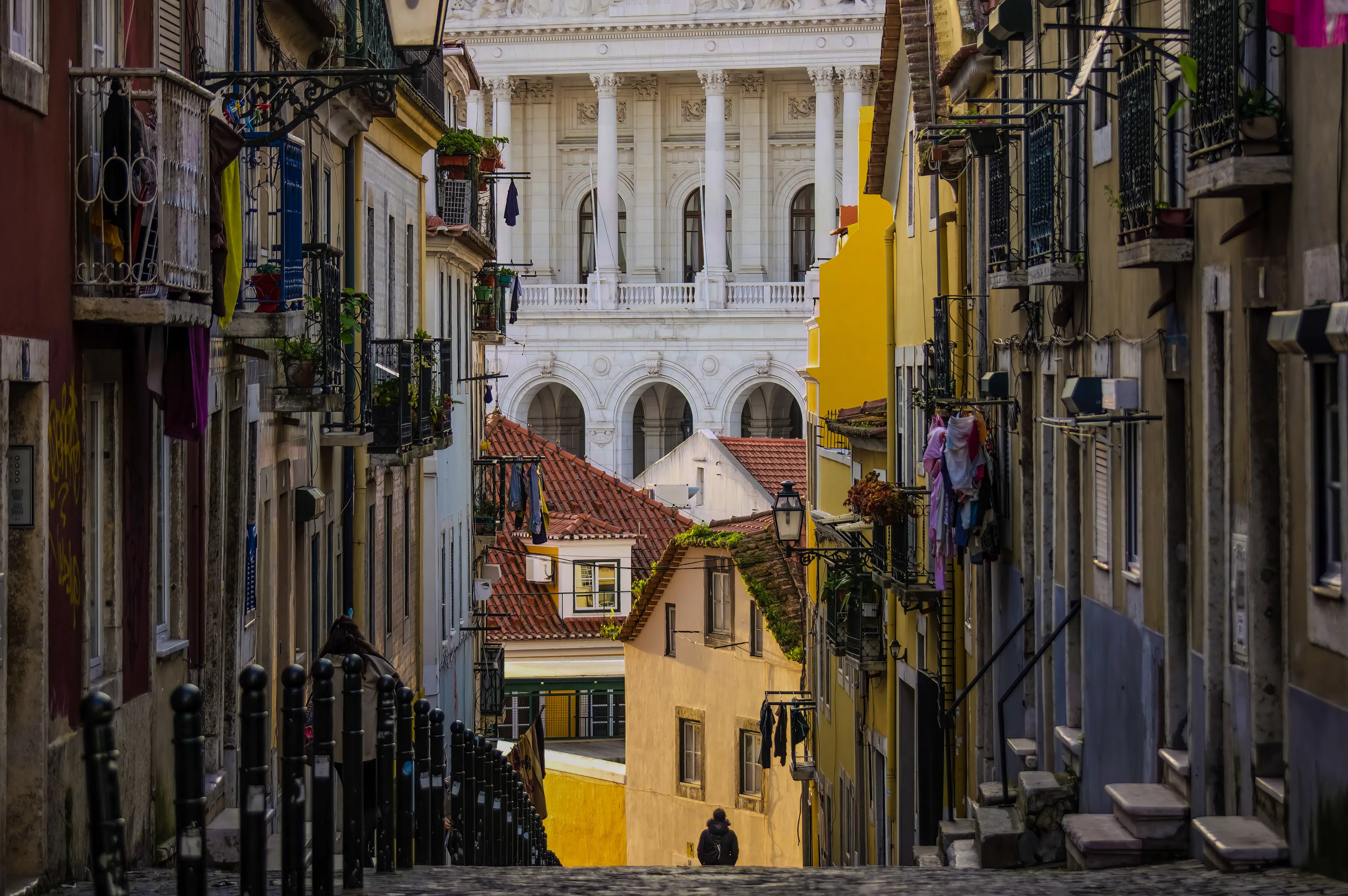
9Bairro Alto
Bairro Alto is a central district known for its vibrant nightlife, with a multitude of bars and restaurants.
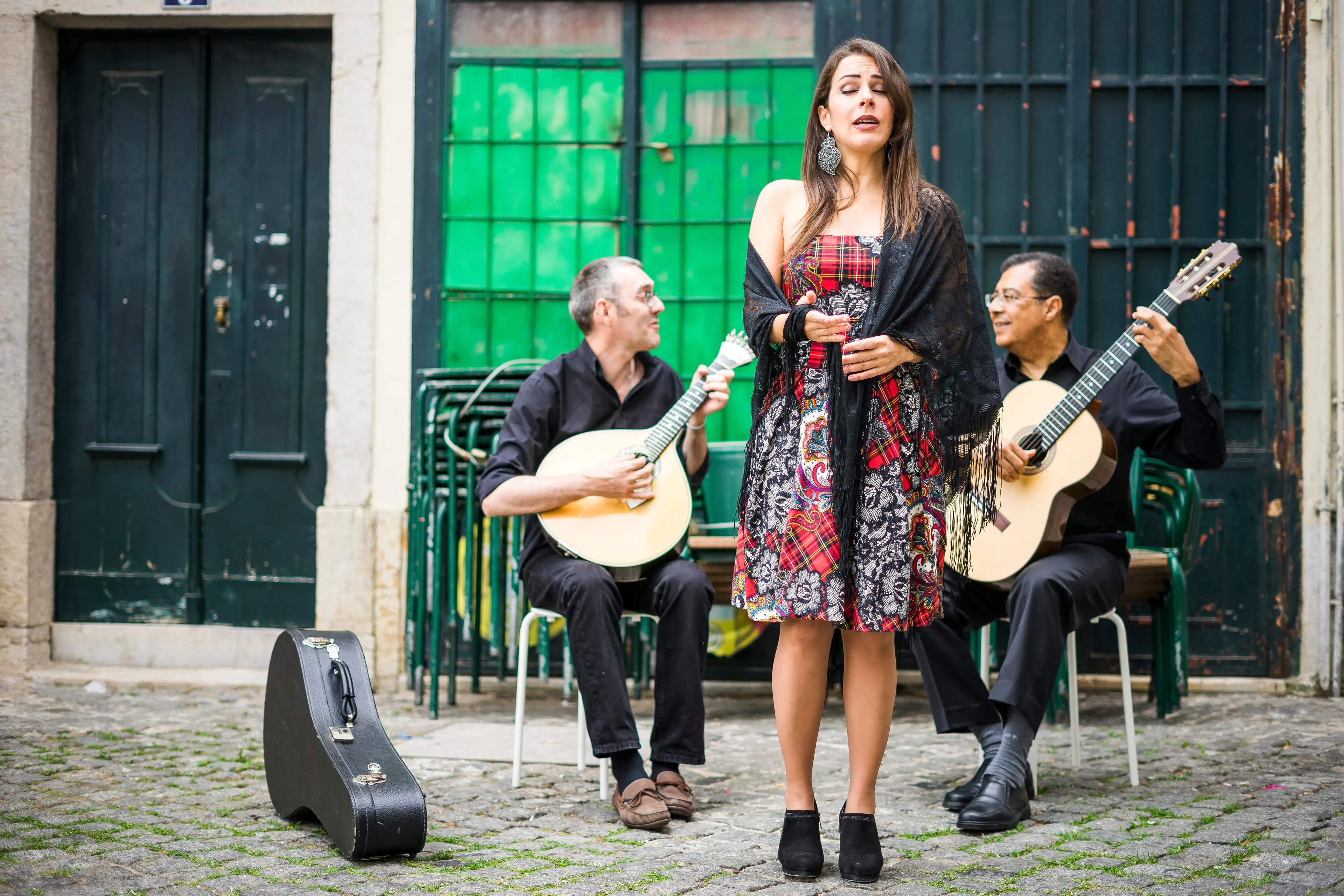
10Fado show
Fado is a traditional Portuguese music genre, characterized by mournful tunes and lyrics. Watching a Fado show is a must when in Lisbon.
Local Food and Drinks (12)
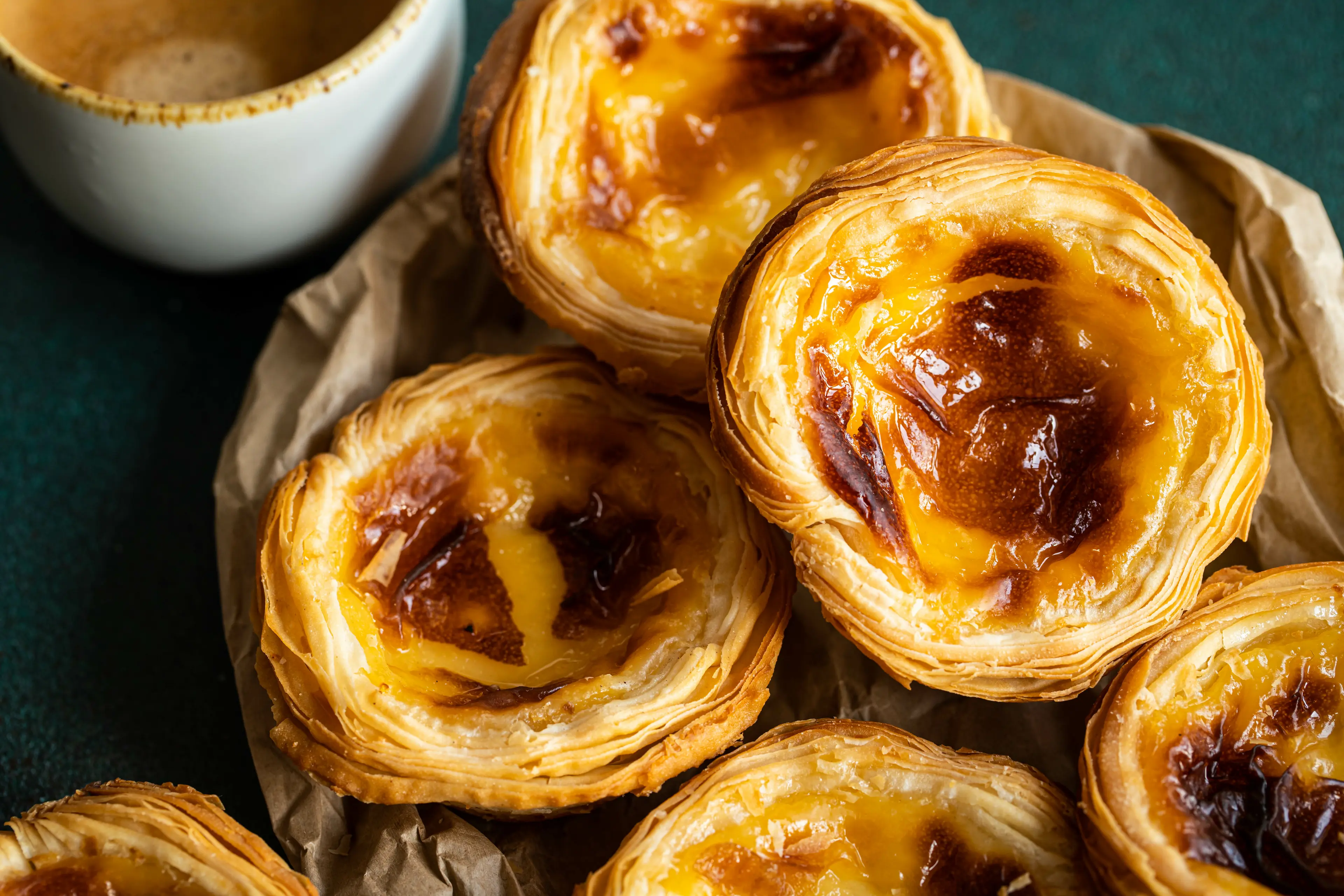
Pastel de Nata
A traditional Portuguese custard tart that is a staple in Lisbon. It's a sweet pastry filled with creamy custard and dusted with cinnamon.

Bacalhau à Brás
A popular dish in Lisbon made from shredded cod, onions, and thinly chopped fried potatoes in a bound of scrambled eggs. It's a classic Portuguese comfort food.
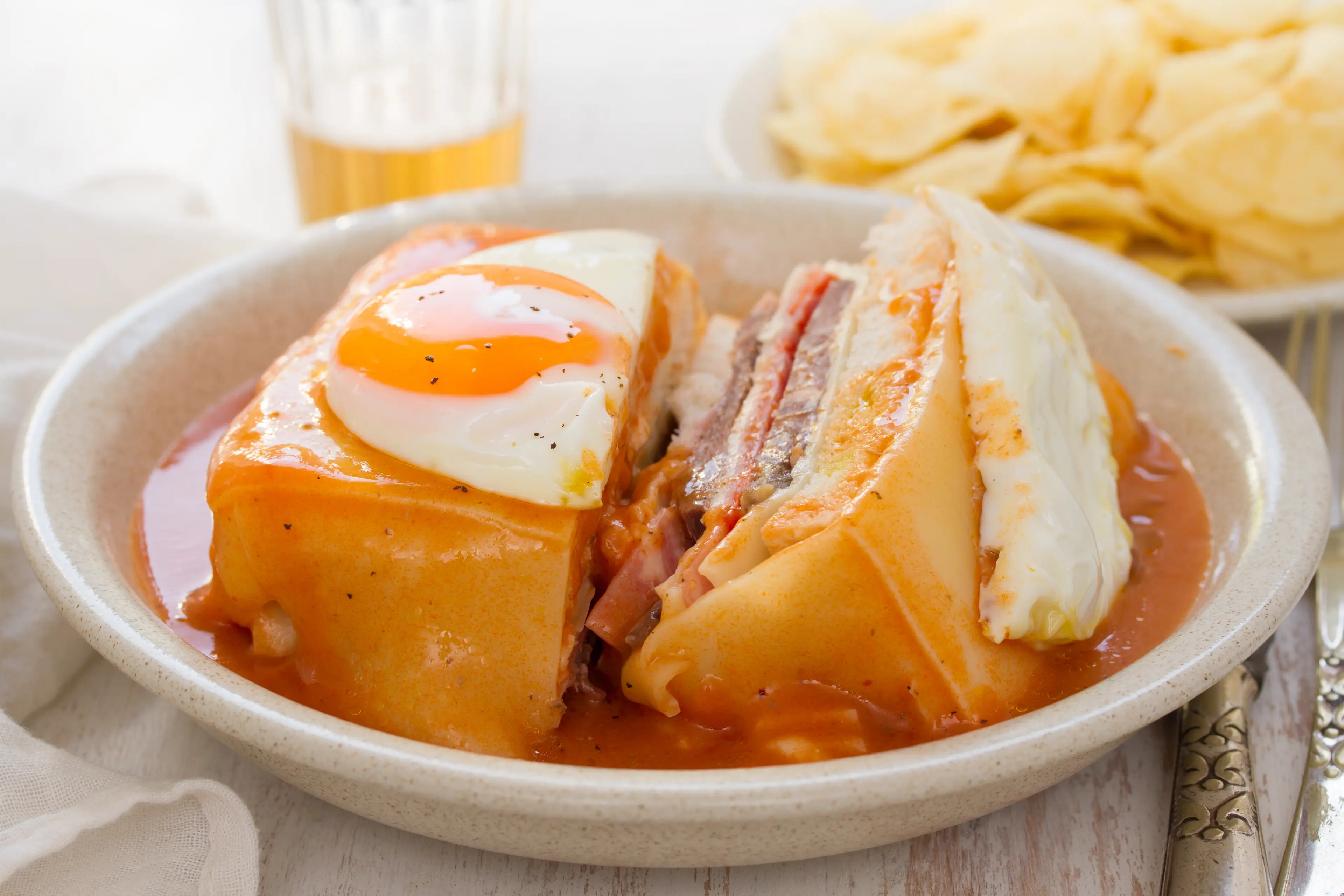
Francesinha
Originating from Porto but popular throughout Portugal, this sandwich is filled with different meats, covered with melted cheese and a hot thick tomato and beer sauce.
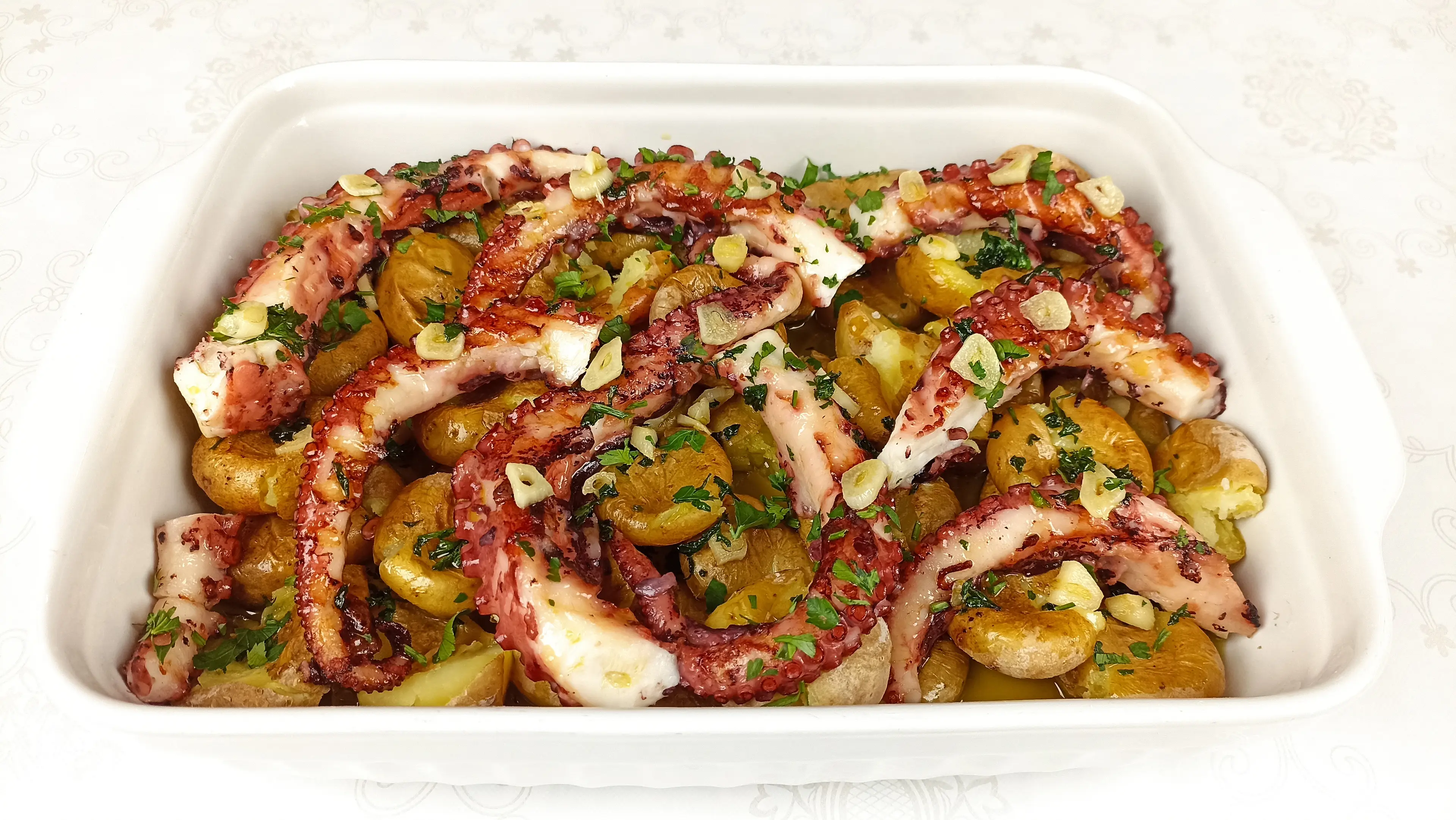
Polvo à Lagareiro
A traditional Portuguese dish that consists of a whole octopus roasted in the oven, typically served with boiled potatoes and drizzled with a generous amount of olive oil.
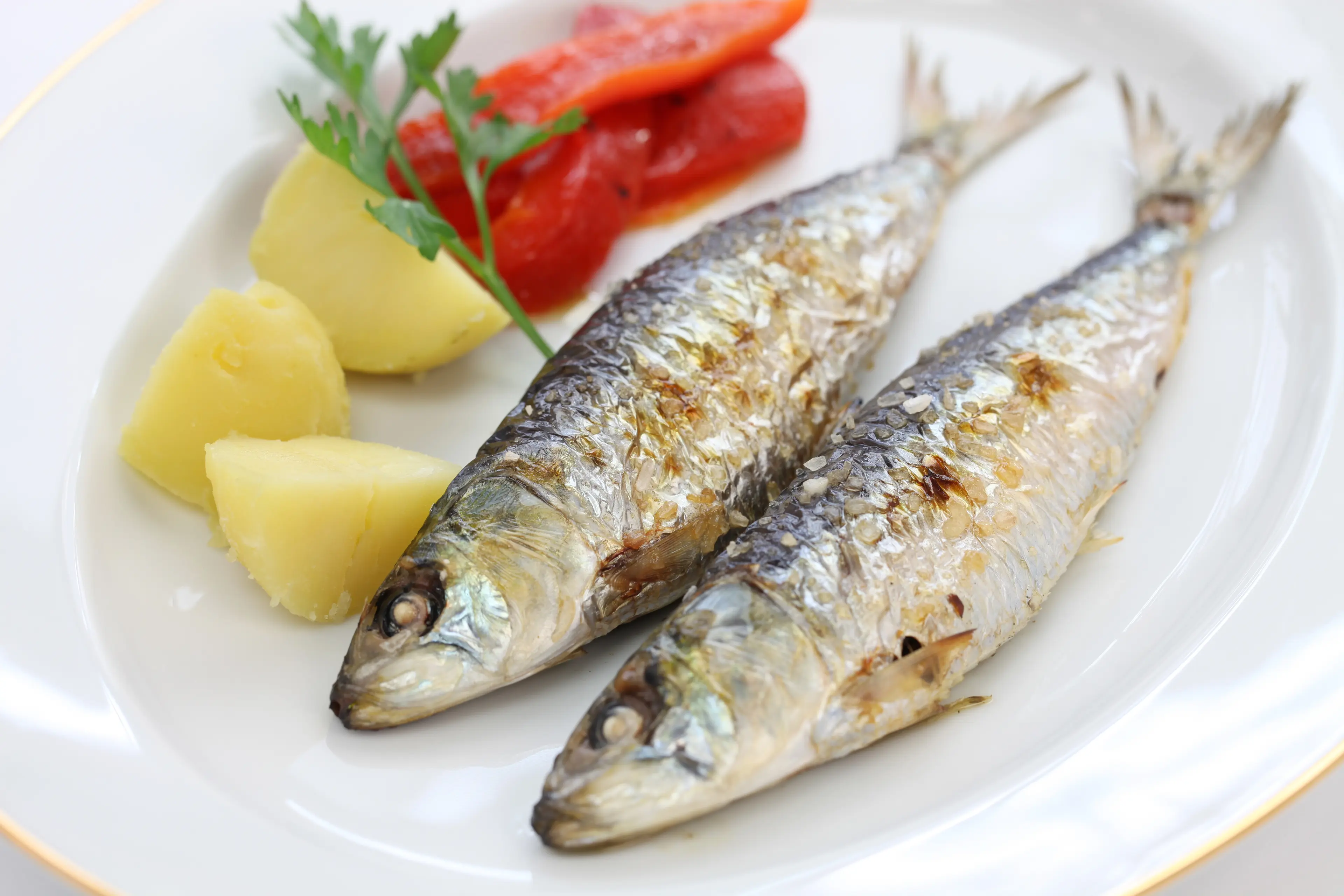
Sardinhas Assadas
Grilled sardines are a staple in Lisbon, especially during the popular Saints' Festival in June. They are usually served with a salad or boiled potatoes.
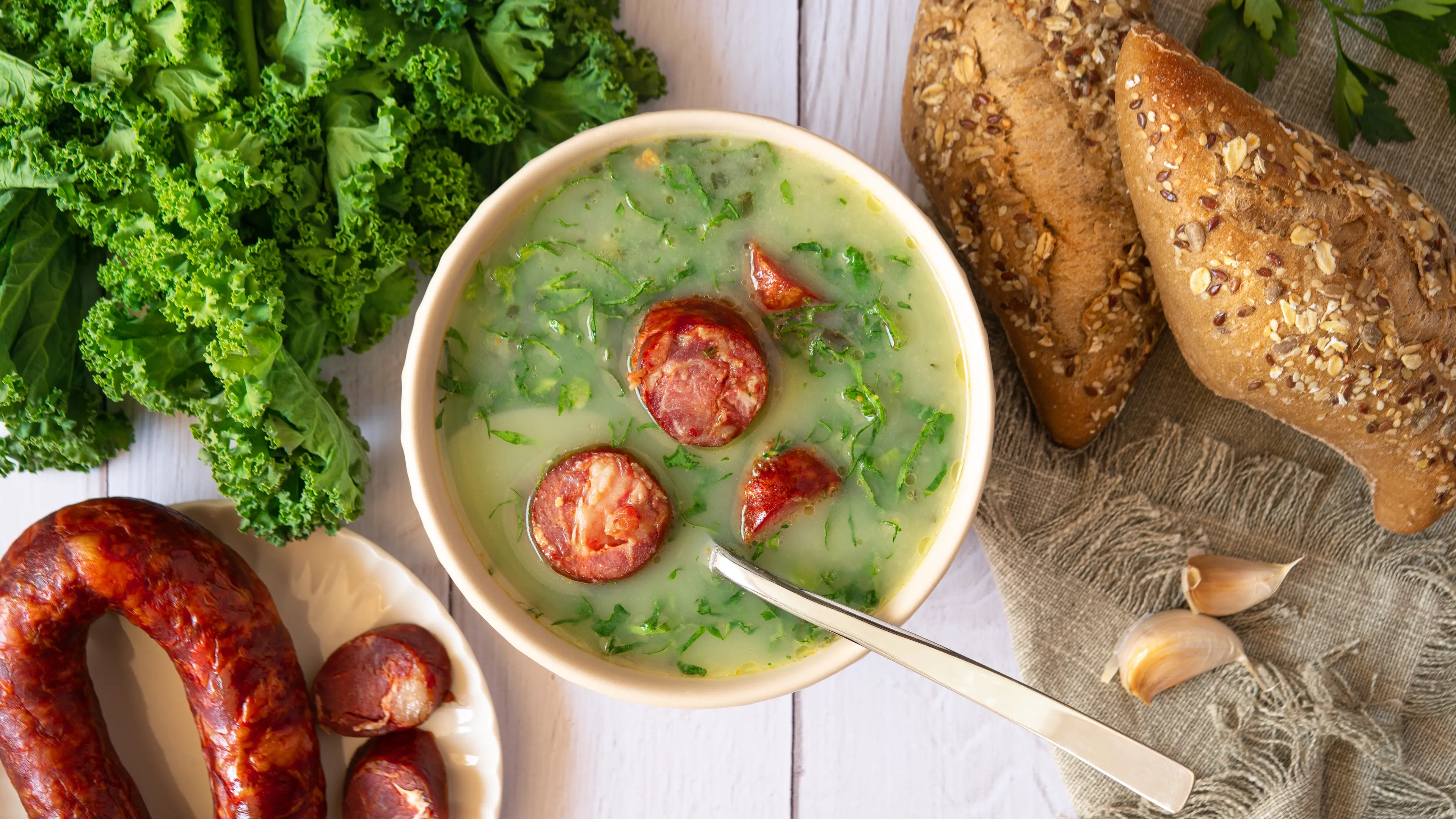
Caldo Verde
A traditional Portuguese soup made from shredded kale, potatoes and chorizo. It's a hearty and comforting dish, especially popular in the colder months.
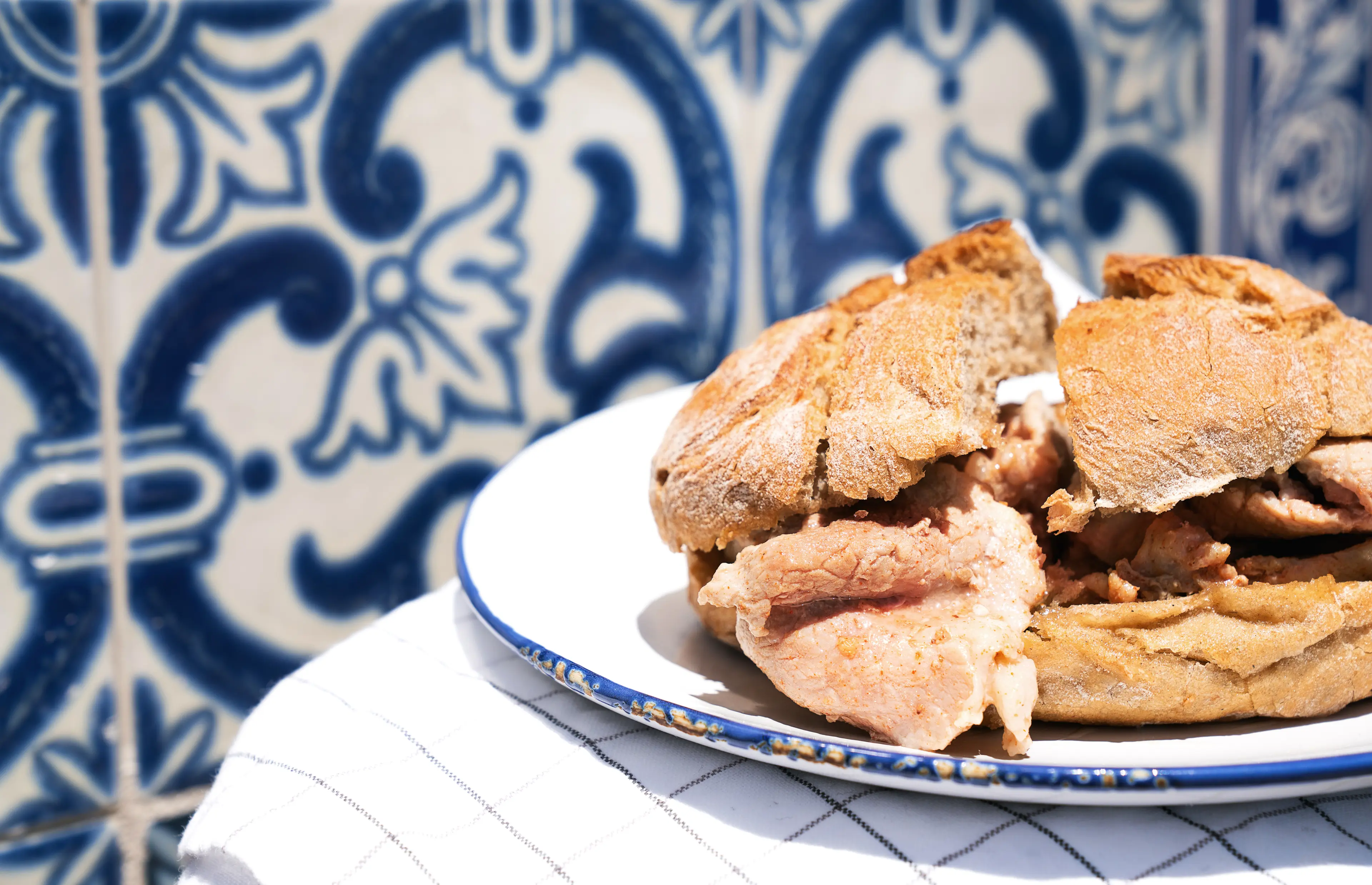
Bifana
A simple and delicious sandwich made with marinated pork cutlets. It's a popular street food in Lisbon.
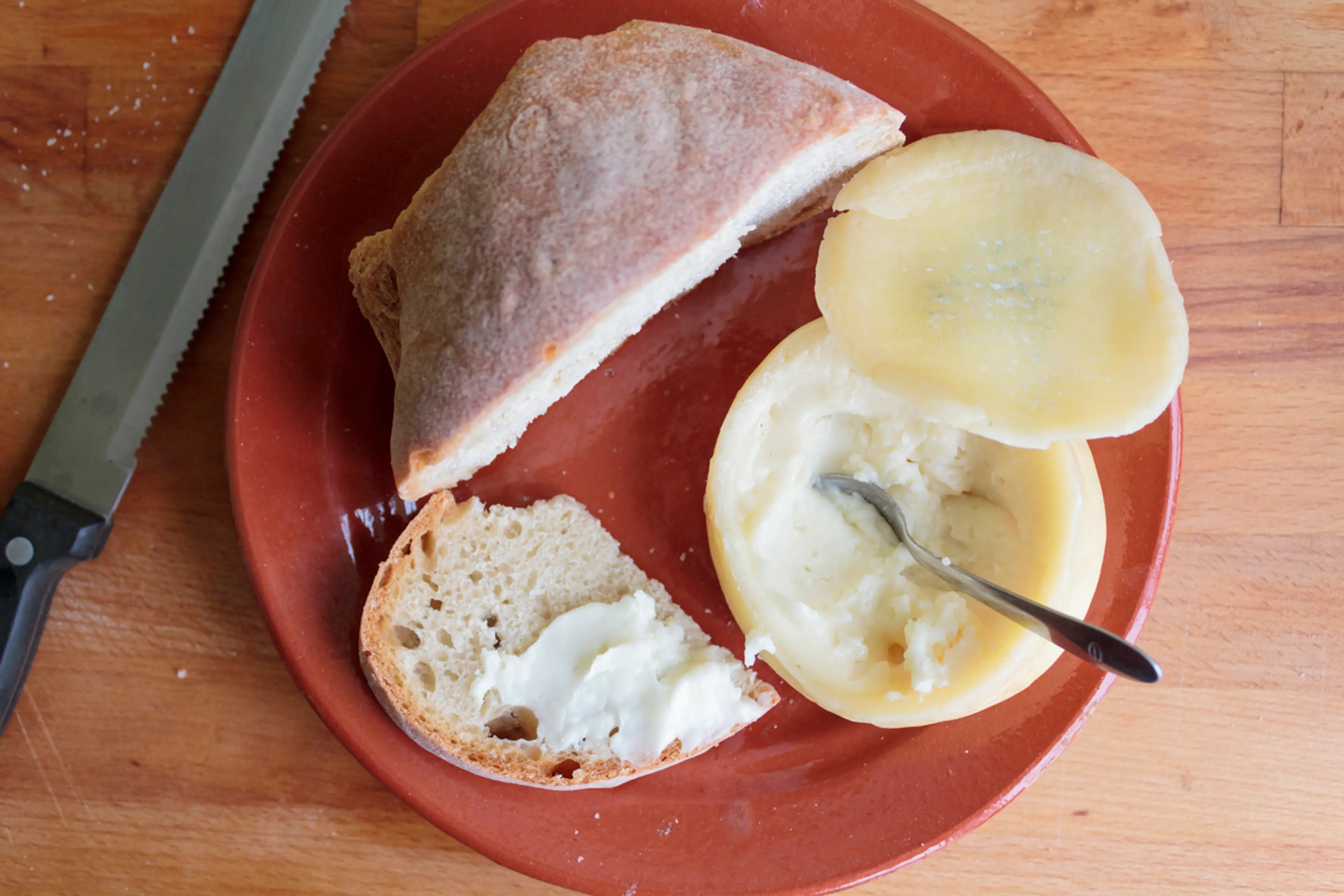
Azeitão cheese
A creamy sheep's milk cheese from the Azeitão region, just south of Lisbon. It's often served as an appetizer or dessert.
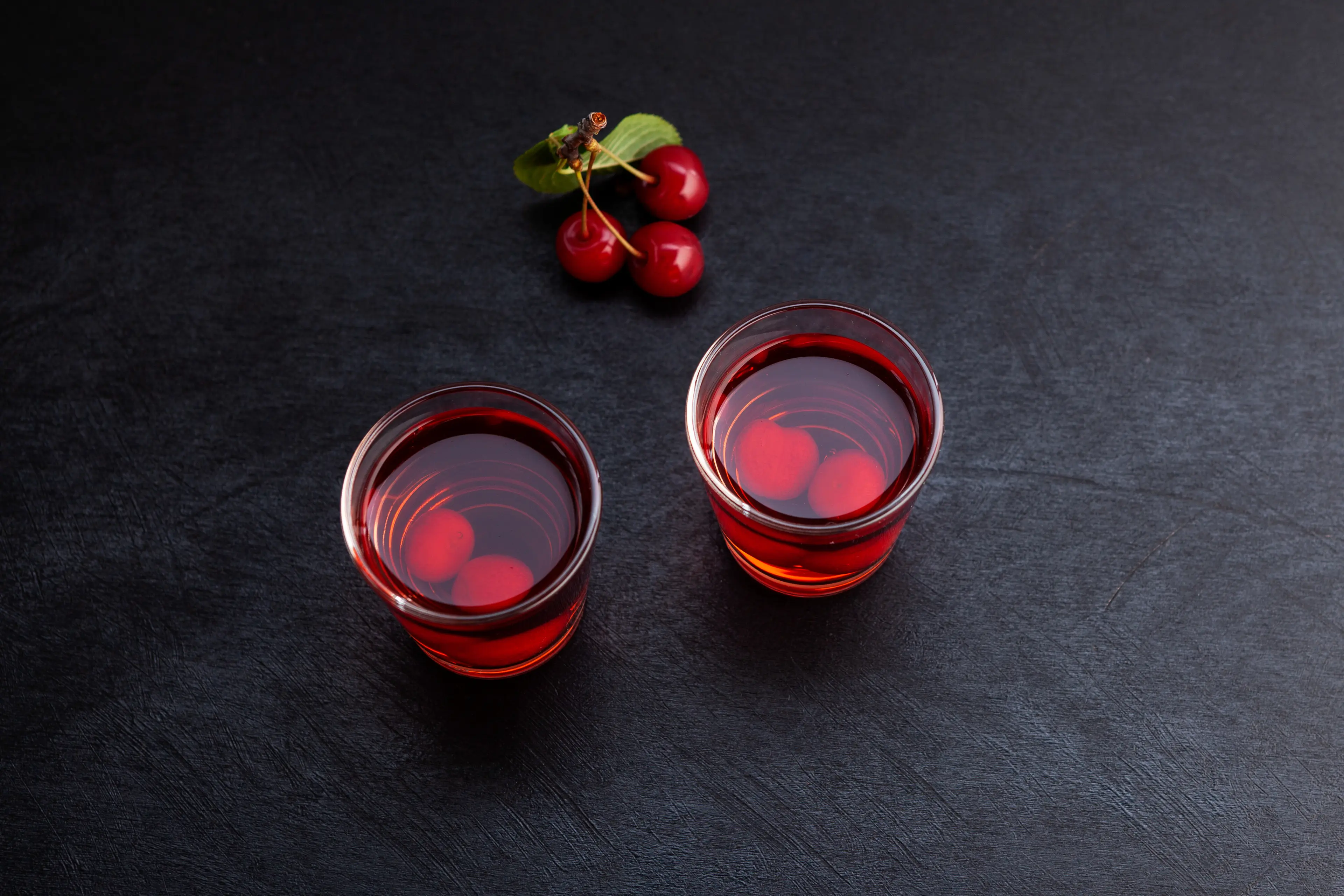
Ginjinha
A traditional Portuguese liqueur made from sour cherries. It's a popular drink in Lisbon, often served in a chocolate cup.
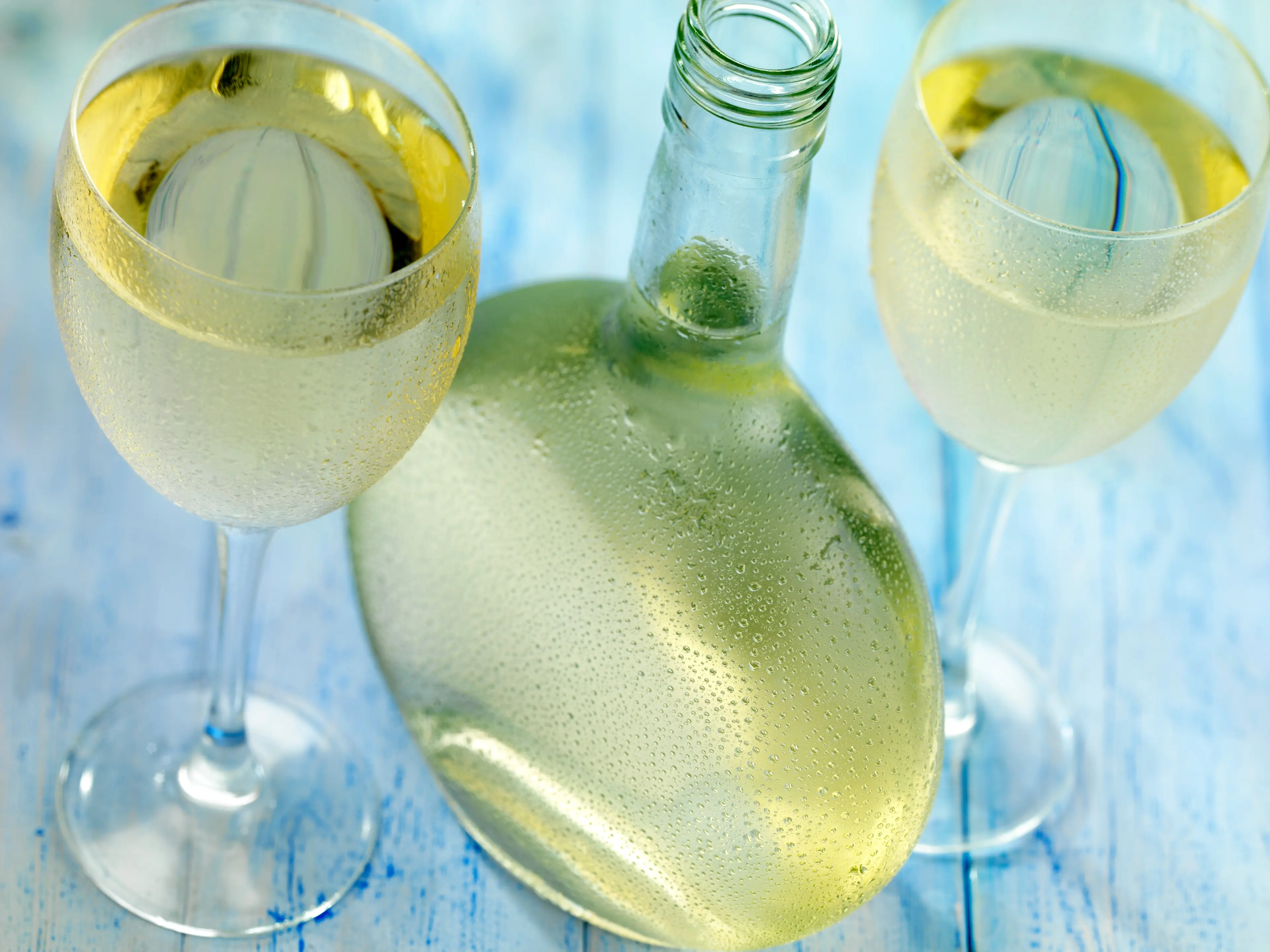
Vinho Verde
A young, slightly sparkling wine from the Minho region in the far north of Portugal. It's a refreshing drink, especially popular in the summer.
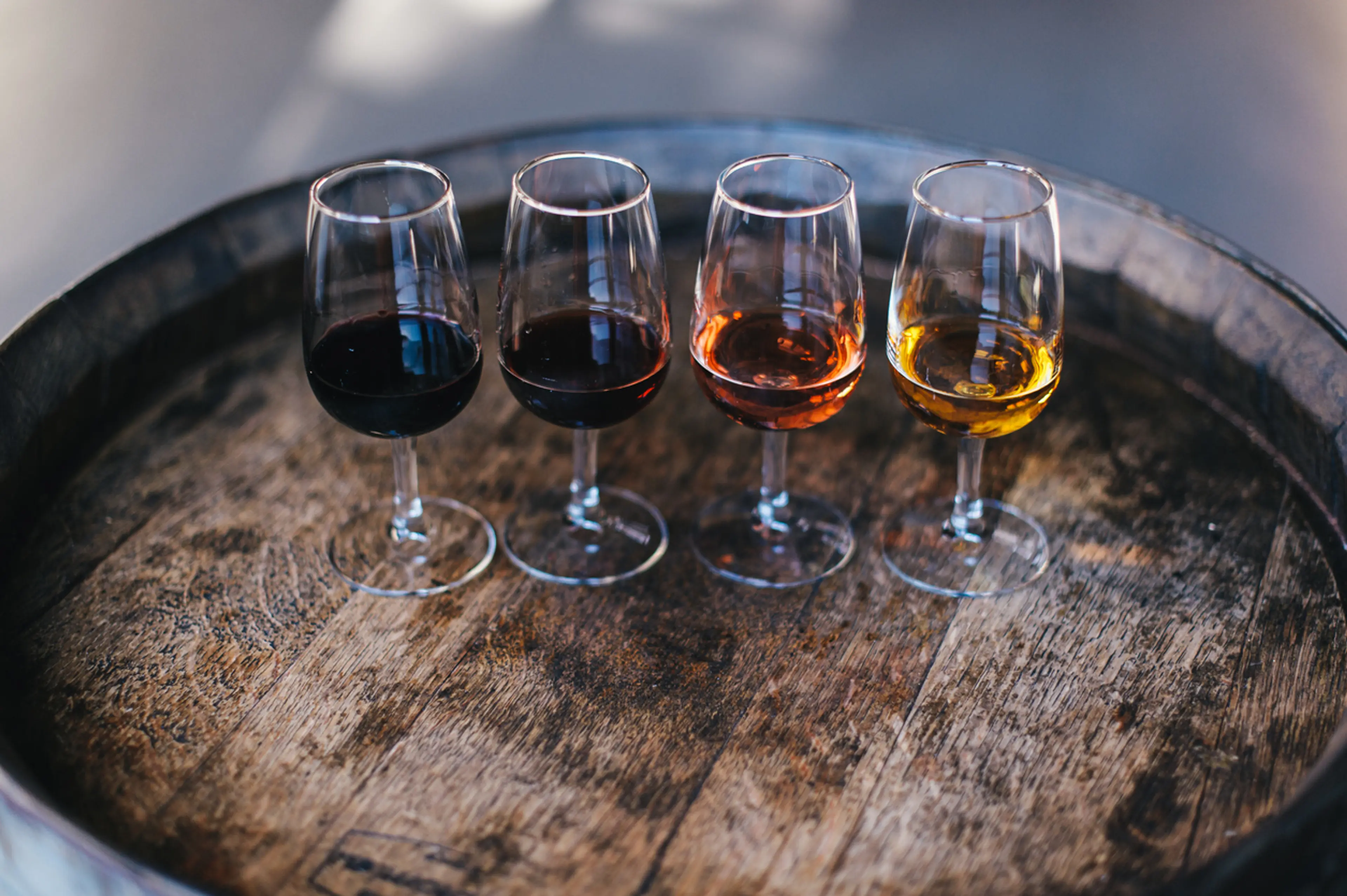
Port Wine
A fortified wine from the Douro Valley in northern Portugal. It's a popular after-dinner drink and comes in a variety of styles, from sweet to dry.
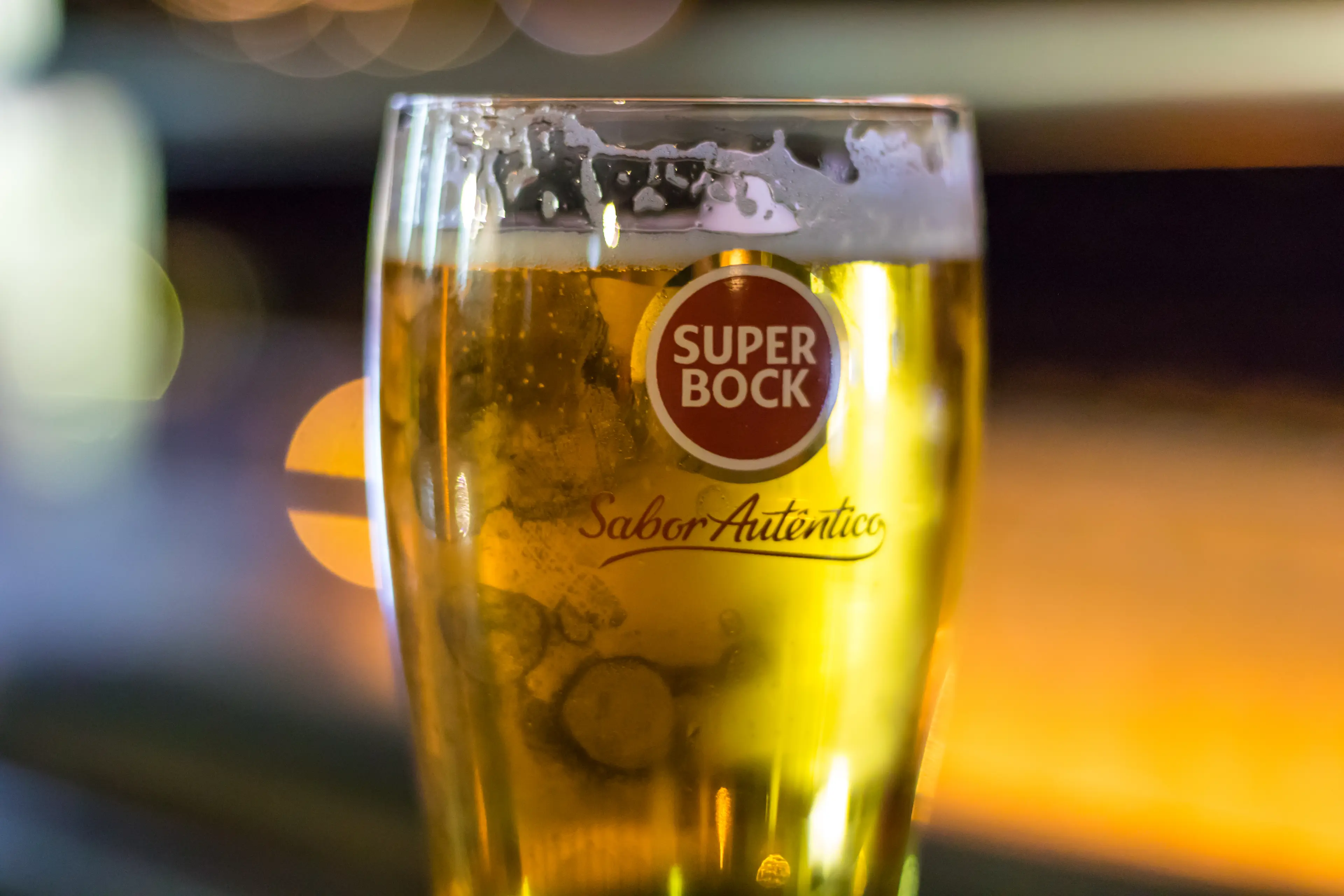
Super Bock
One of the most popular beers in Portugal. A light and refreshing lager, perfect for a hot day in Lisbon.
Best time to visit
The best time to visit Lisbon, Portugal is during the spring months of March to May or the fall months of September to October. During these periods, the weather is pleasant, not too hot or too cold, and the city is less crowded compared to the peak summer season. These off-peak seasons also often offer more affordable accommodation rates. However, if you're interested in festivals and nightlife, summer, particularly June, is when Lisbon's streets come alive with various festivities.
How to get around
Tram
Lisbon's trams are one of the most iconic ways to explore the city. The most famous route is Tram 28, which winds its way through the city's most historic districts.
Bus
Buses are a reliable and extensive mode of transport in Lisbon. They cover the entire city and its suburbs, making it easy to reach any destination.
Subway
The Lisbon Metro is a quick and efficient way to travel around the city. It has four lines that cover a large part of the city.
Train
For longer distances, such as trips to the suburbs or nearby towns like Sintra or Cascais, trains are a good option. Lisbon's main train stations are Santa Apolónia and Rossio.
Taxi
Taxis are plentiful in Lisbon and can be hailed on the street or booked in advance. They're a convenient but more expensive way to get around.
Ridesharing
Ridesharing services like Uber and Bolt are widely available in Lisbon. They offer a convenient and often cheaper alternative to taxis.
Bicycle
Lisbon has a growing network of bike lanes, and several companies offer bike rentals. It's a fun and eco-friendly way to explore the city, though be prepared for some hilly terrain.
Walk
Many of Lisbon's most beautiful areas are best explored on foot. The city is known for its compact, walkable neighborhoods and stunning viewpoints.
Ferry
Ferries cross the Tagus River, offering a unique perspective of Lisbon and easy access to the district of Almada.
Scooter
Electric scooters are available for rent throughout the city. They're a fun and quick way to get around, especially in the flatter areas of Lisbon.
Important information
Currency€ EUR
Time zoneUTC 0
Driving sideRight
Emergency phone112
Drinking waterYes
Power sockets
Voltage230 V
Things to know about Lisbon, Portugal as a first time visitor
1
Lisbon is the capital and the largest city of Portugal.
2
The official language is Portuguese. English is widely spoken in tourist areas, but learning a few basic Portuguese phrases can be helpful.
3
The currency in Lisbon is the Euro (€). Credit cards are widely accepted, but it's always good to have some cash on hand.
4
Lisbon has a Mediterranean climate with mild, rainy winters and warm, dry summers. Average temperatures range from 46-59°F (8-15°C) in winter and 63-81°F (17-27°C) in summer.
5
Public transportation in Lisbon is reliable and includes buses, trams, and a metro system. The Viva Viagem card can be used on all forms of public transport.
6
Taxis and ride-sharing services like Uber are also available in Lisbon.
7
Lisbon is a hilly city, so comfortable walking shoes are a must.
8
Tipping is customary in Lisbon. It's common to leave a 10-15% tip in restaurants.
9
Lisbon is generally safe for tourists, but like any major city, it's important to be aware of your surroundings and keep an eye on your belongings.
10
The city is in the Western European Time Zone (WET, GMT +0).
11
Lisbon is known for its seafood. Try local specialties like bacalhau (codfish) and sardines.
12
Portugal is famous for its wine, particularly Port and Vinho Verde. Don't miss the chance to try them.
13
The city has a vibrant nightlife, with many bars and clubs staying open until the early hours of the morning.
14
Lisbon has a rich history, and you'll find many buildings and streets that date back to the Middle Ages.
15
The city is also known for its beautiful azulejos (painted, tin-glazed ceramic tilework) that adorn many of its buildings.
16
Lisbon is a great city for shopping, with a mix of high-end boutiques, vintage shops, and local markets.
17
Smoking is banned in enclosed public places and on public transportation in Lisbon.
18
The standard voltage in Portugal is 230 V, and the standard frequency is 50 Hz. The power plugs and sockets are of type F.
19
Lisbon has a rich cultural scene, with numerous museums, galleries, and music venues.
20
The city is also a great base for exploring other parts of Portugal, such as the nearby towns of Sintra and Cascais.
Basic Portuguese to know as a first time visitor
English phrase | Native phrase | Pronunciation | When to use it |
|---|---|---|---|
Hello | Olá | O-la | Greeting someone |
Goodbye | Adeus | Ad-ey-oosh | Leaving or saying goodbye |
Please | Por favor | Por fa-vor | When asking for something |
Thank you | Obrigado | Ob-ri-ga-doo | After receiving something or someone's help |
Yes | Sim | Seem | Agreeing with someone or something |
No | Não | Nown | Disagreeing with someone or something |
Excuse me | Desculpe | Desh-kool-pe | Getting someone's attention or apologizing |
I'm sorry | Lamento | La-men-to | Apologizing |
Do you speak English? | Fala inglês? | Fala in-glesh? | When you need to communicate in English |
I don't understand | Não entendo | Nown en-ten-doo | When you don't understand what's being said |
Where is the bathroom? | Onde é o banheiro? | Onde eh o ban-he-ro? | When you need to use the restroom |
How much does this cost? | Quanto custa isso? | Kwan-to kus-ta is-so? | When you want to know the price of something |
I would like... | Eu gostaria... | Eh-oo go-sta-ria... | When you're ordering food or asking for something |
Help! | Socorro! | So-ko-ro! | In case of an emergency |
Call the police! | Chame a polícia! | Sha-me a po-lee-see-ya! | In case of an emergency |
I'm lost | Estou perdido | Es-to per-di-doo | When you can't find your way |
Can I use your phone? | Posso usar seu telefone? | Pos-so u-zar seu te-le-fo-ne? | When you need to make a call and don't have a phone |
Good morning | Bom dia | Bom dee-ya | Greeting someone in the morning |
Good afternoon | Boa tarde | Boa tar-de | Greeting someone in the afternoon |
Good night | Boa noite | Boa noi-te | Greeting someone in the evening or before bed |
Packing List
Clothing
Comfortable walking shoes
Lightweight clothing
Sweater or light jacket
Sunglasses
Hat or cap
Underwear
Socks
Toiletries
Travel-size toothpaste
Toothbrush
Deodorant
Travel-size shampoo and conditioner
Razor
Travel-size body wash or soap
Sunscreen
Lip balm
Hand sanitizer
Travel documents and essentials
Passport
Driver's license or ID card
Credit and debit cards
Cash in local currency (Euros)
Travel insurance documents
Hotel reservation confirmation
Emergency contact information
Electronics and gadgets
Smartphone
Charger for smartphone
Headphones
Camera
Charger for camera
Power adapter (Europe)
Portable power bank
Miscellaneous items
Snacks
Bottled water
Travel guidebook for Lisbon
Map of Lisbon
Travel pillow
Earplugs
Travel-size first aid kit
Reusable shopping bag
Weather Conditions
Lisbon, Portugal, enjoys a Mediterranean climate, which means mild, rainy winters and warm, dry summers. The average temperature ranges from 46-59°F (8-15°C) in the coldest month, January, and 63-82°F (17-28°C) in the warmest month, August. If you're planning to visit Lisbon, the best time to do so is from March to May or September to October. During these periods, the weather is usually pleasant, with temperatures ranging from 59-77°F (15-25°C), ideal for sightseeing and outdoor activities. However, if you're a beach lover, the summer months of June to August would be the best time for you. The temperatures during this period can go up to 82°F (28°C), perfect for a dip in the sea. But remember, this is also the peak tourist season, so expect crowded beaches and higher prices. Always carry a light jacket or sweater, even in summer, as evenings can be cool. Also, don't forget your sunscreen, as the sun can be quite strong, especially in the summer months. Rainfall is highest from November to February, so if you're visiting during these months, make sure to pack a raincoat or umbrella. Despite the rain, temperatures remain relatively mild, rarely falling below 46°F (8°C). Lastly, Lisbon is known for its sudden changes in weather, so it's always a good idea to check the local forecast before heading out for the day.
| Month | Hi / Lo (°C) | Weather Overview |
|---|---|---|
January | 14° / 8° | January is the coldest month in Lisbon, but it's still relatively mild compared to many European destinations. Expect occasional rain showers. |
February | 15° / 9° | February sees a slight increase in temperature, but it's still a bit chilly. Rain is less frequent than in January. |
March | 17° / 11° | March marks the beginning of spring with slightly warmer temperatures. It's a great time to visit if you want to avoid the summer crowds. |
April | 18° / 12° | April is a pleasant month with moderate temperatures and less rainfall. The city starts to get busier with tourists. |
May | 22° / 14° | May is a beautiful month to visit Lisbon with warm temperatures and lots of sunshine. It's perfect for outdoor activities and sightseeing. |
June | 24° / 16° | June is the start of summer with long, sunny days. It's a popular time for tourists, so expect some crowds. |
July | 28° / 18° | July is the hottest month in Lisbon with high temperatures and very little rain. It's a great time to hit the beaches. |
August | 28° / 18° | August is equally hot as July with plenty of sunshine. It's the peak tourist season, so book your accommodations in advance. |
September | 27° / 17° | September is a fantastic time to visit with slightly cooler temperatures than the summer months. The tourist crowds also start to thin out. |
October | 23° / 15° | October sees a drop in temperature but it's still warm enough for outdoor activities. The city is less crowded making it a great time to explore. |
November | 18° / 12° | November is the start of the cooler season with more frequent rain showers. It's a quiet month for tourism. |
December | 15° / 9° | December is a festive time to visit Lisbon with Christmas decorations and markets. The weather is cool and there's a chance of rain. |
Did you know?
Places near by Lisbon, Portugal
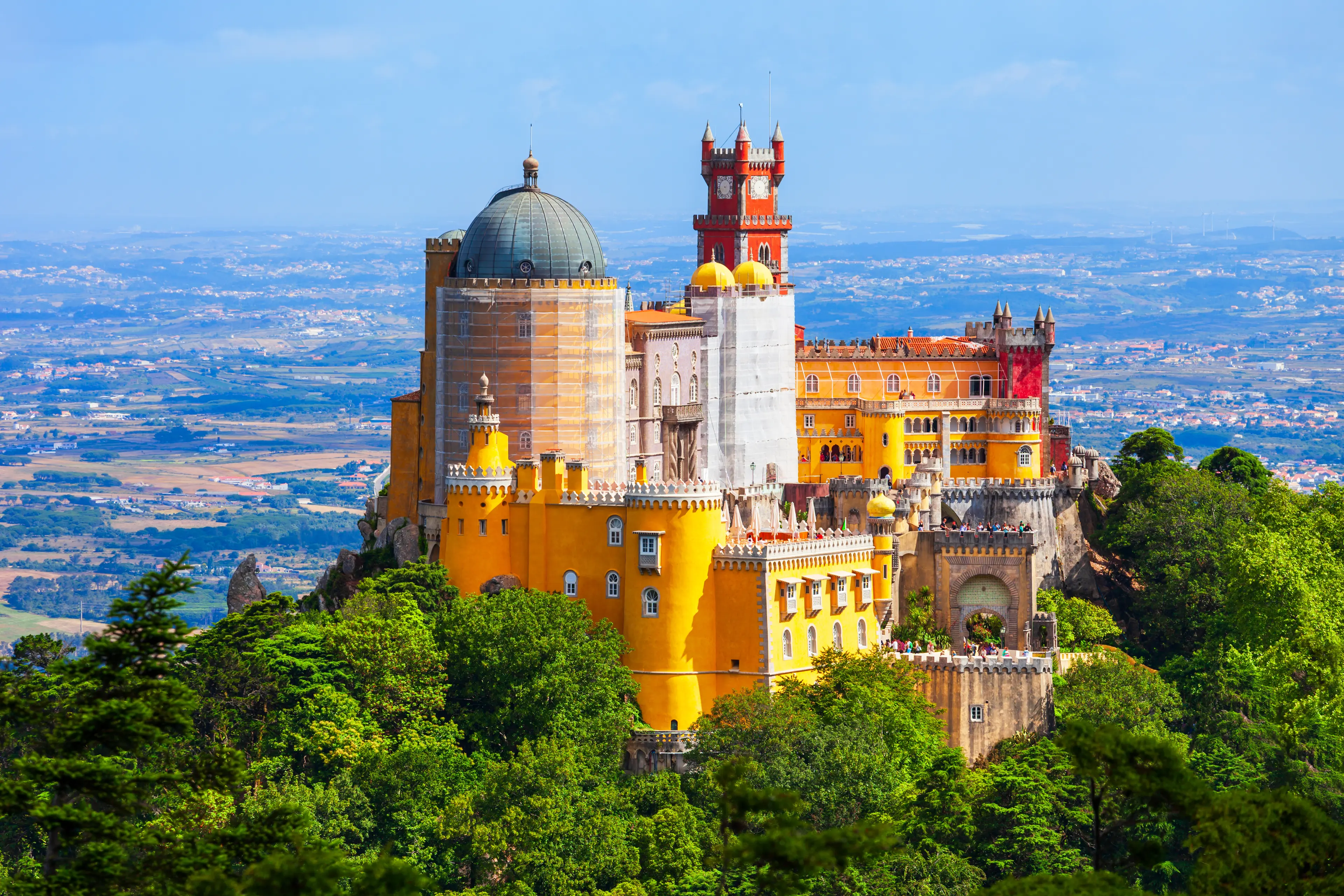
Sintra
A UNESCO World Heritage site known for its 19th-century Romantic architectural monuments.
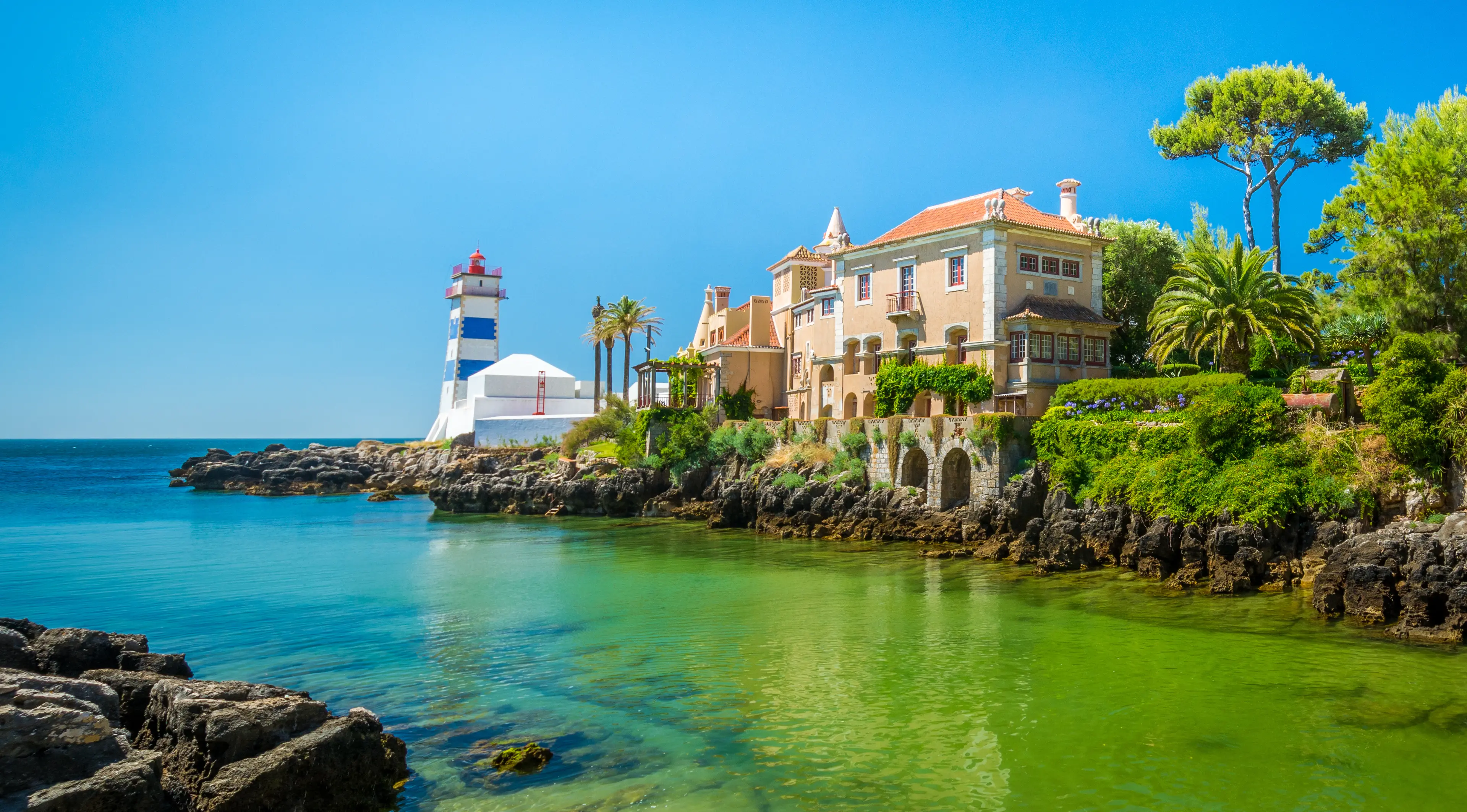
Cascais
A charming coastal town known for its sandy beaches and busy marina.
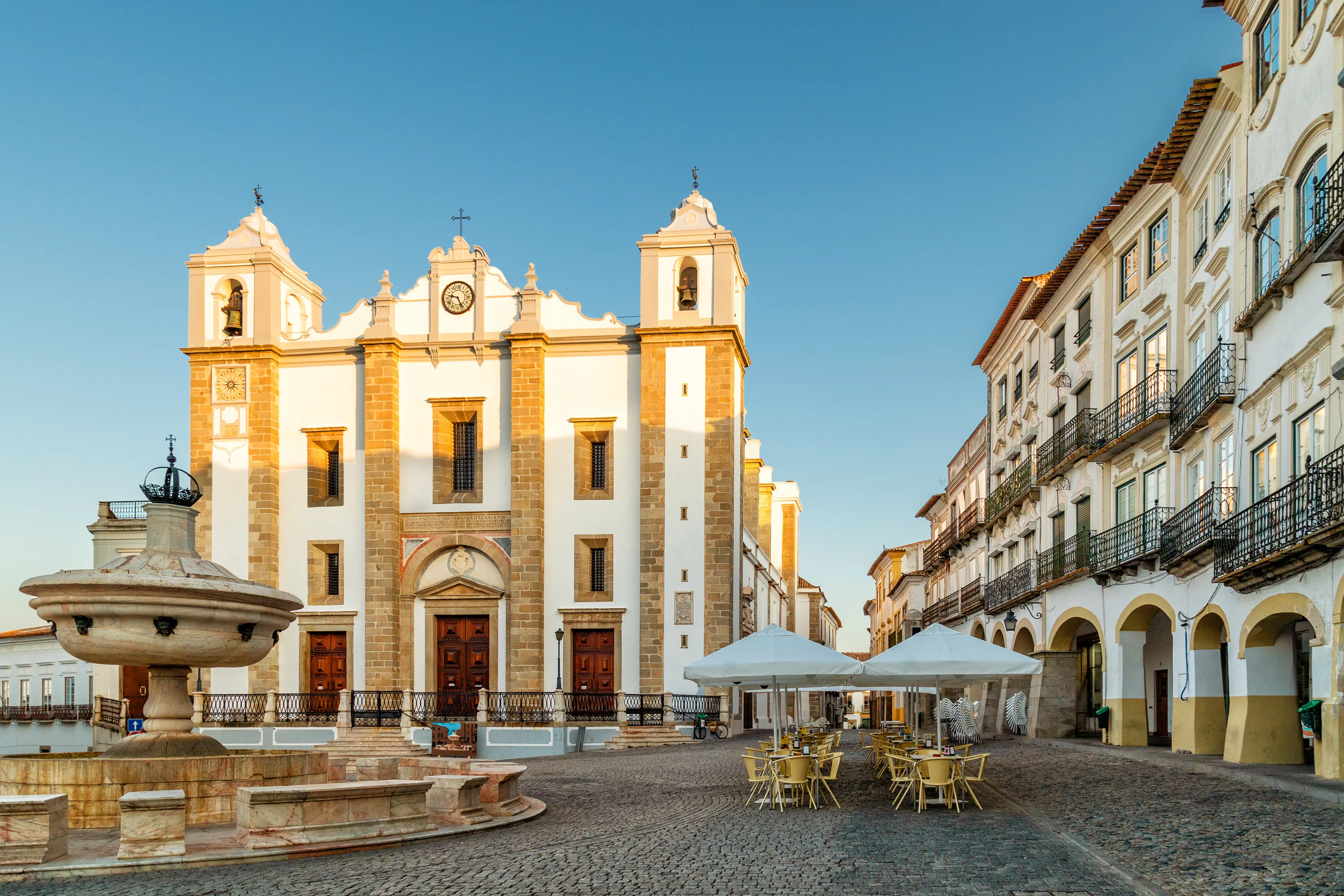
Évora
A historic city known for its well-preserved Roman Temple and Cathedral.

Óbidos
A well-preserved medieval town, famous for its castle and picturesque streets.
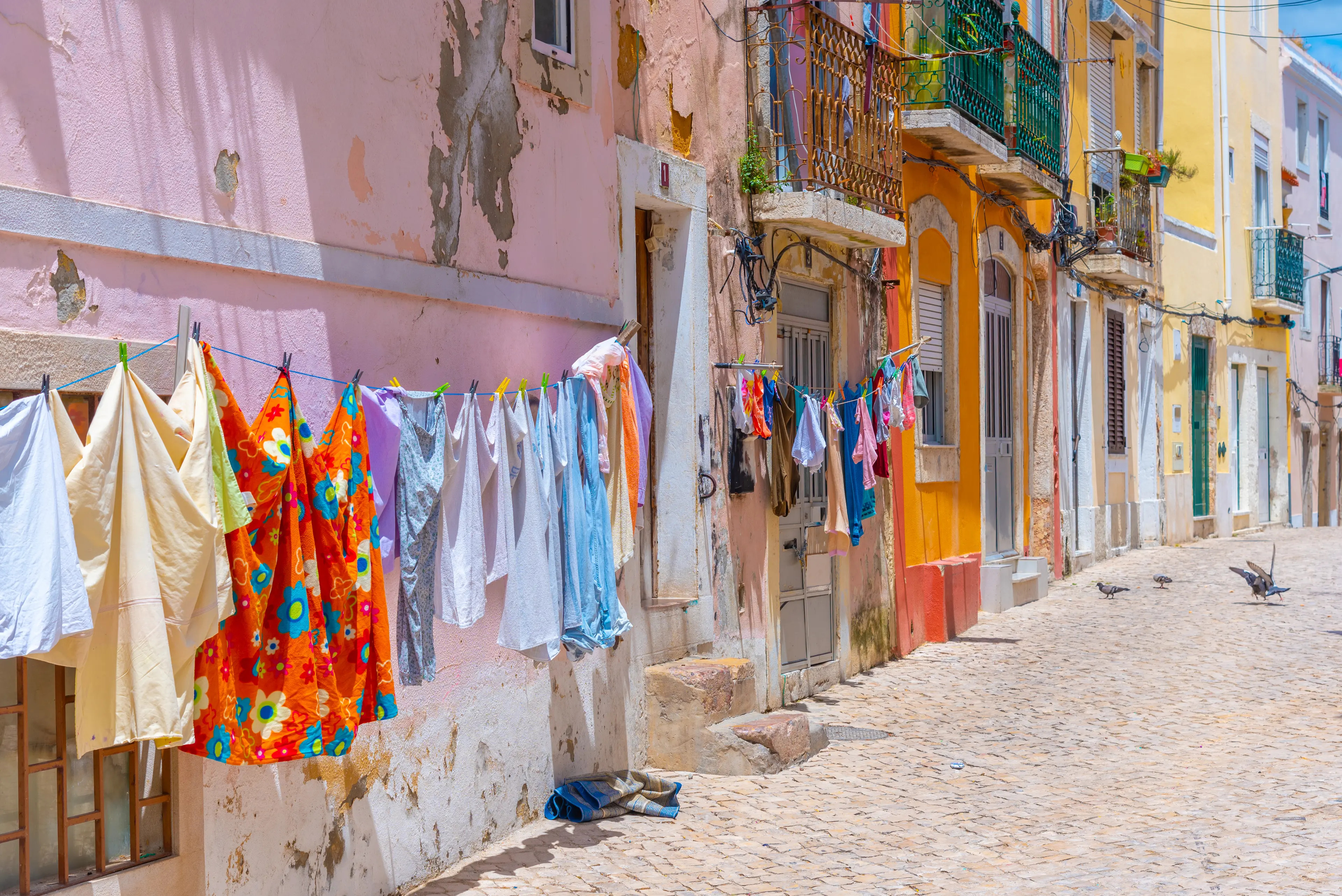
Setúbal
A bustling city known for its seafood restaurants and nearby nature park.
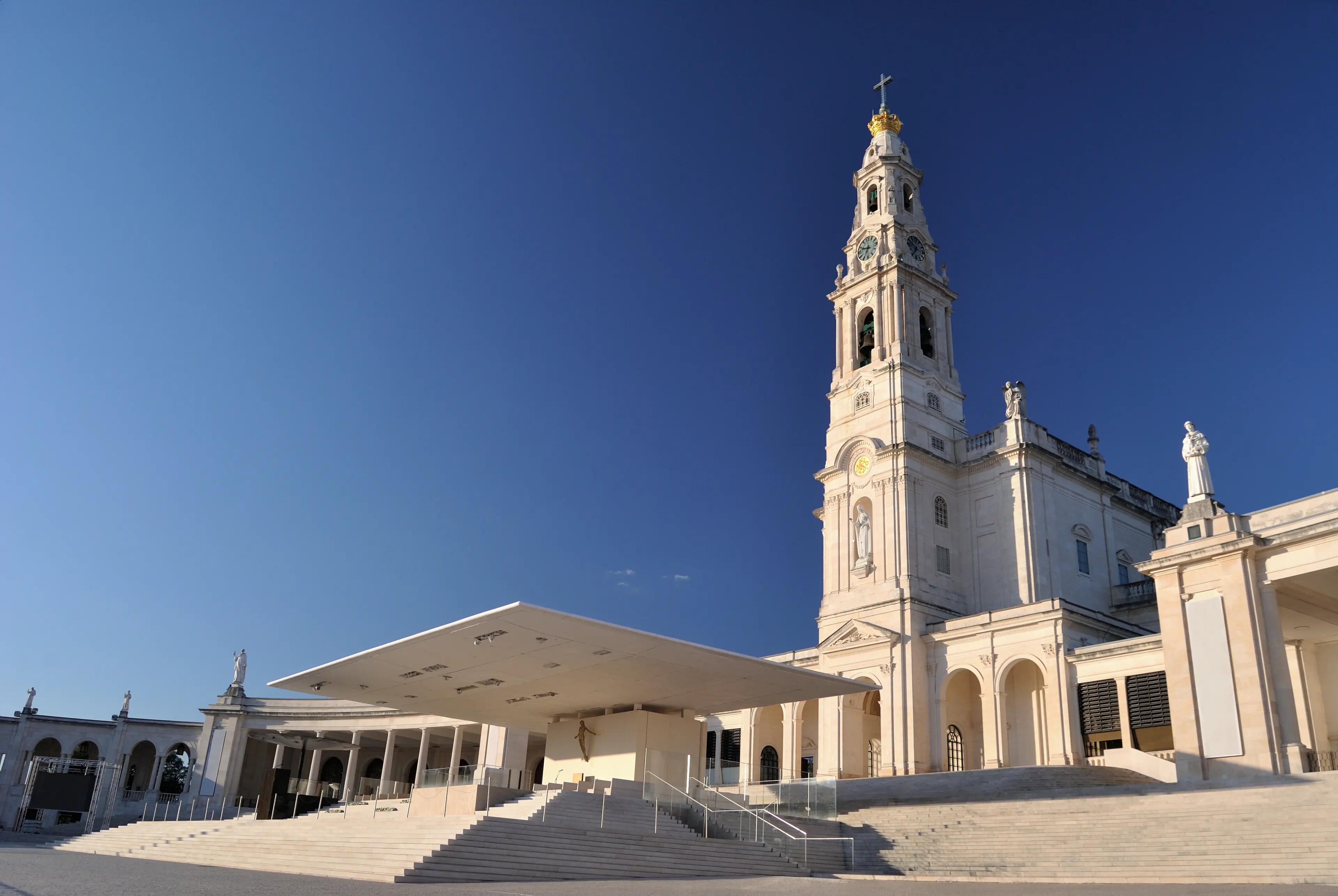
Fátima
One of the most important Catholic pilgrimage sites in the world.
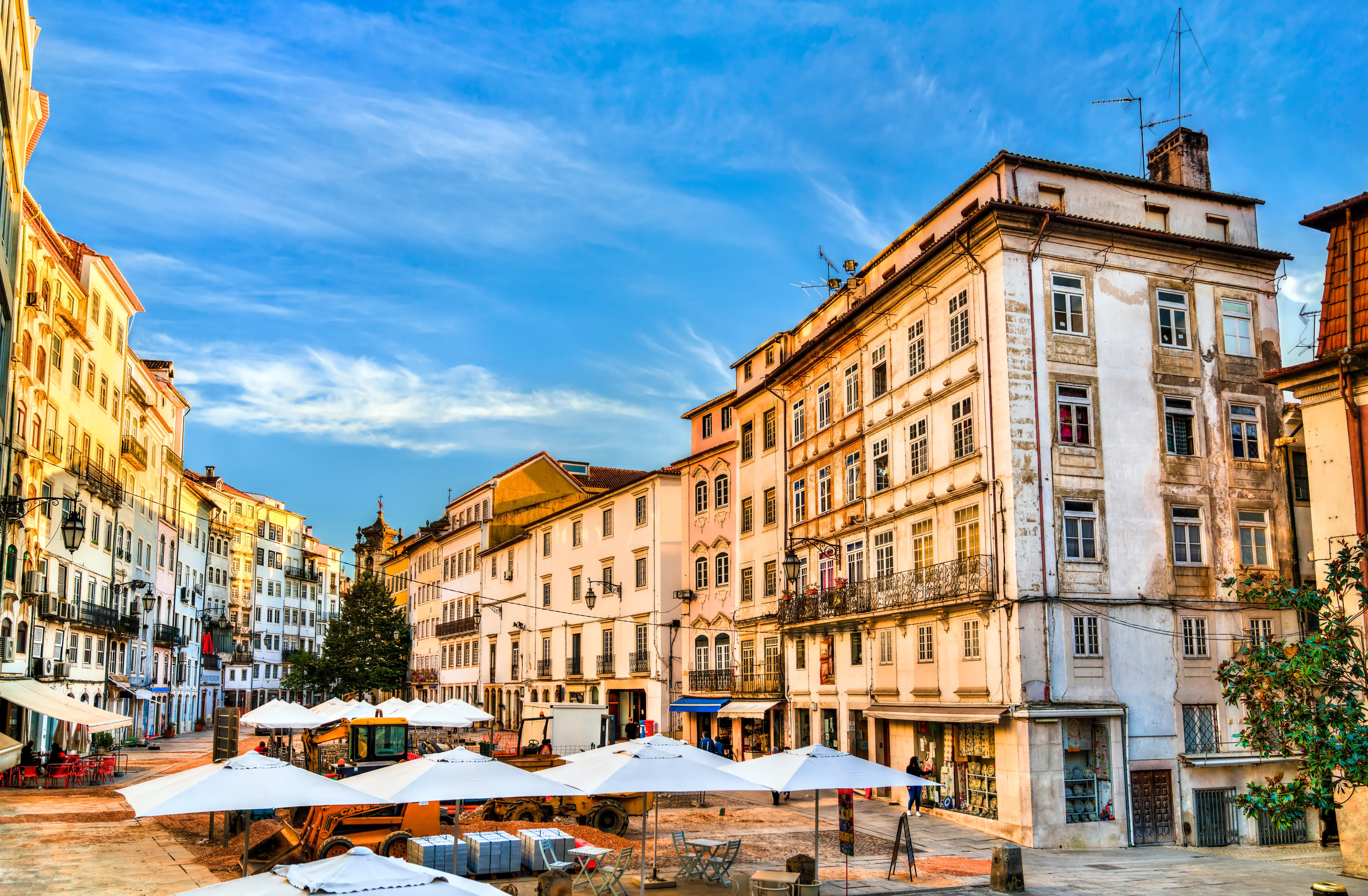
Coimbra
A riverfront city known for its historic university and library.

Porto
Portugal's second largest city, known for its stately bridges and port wine production.
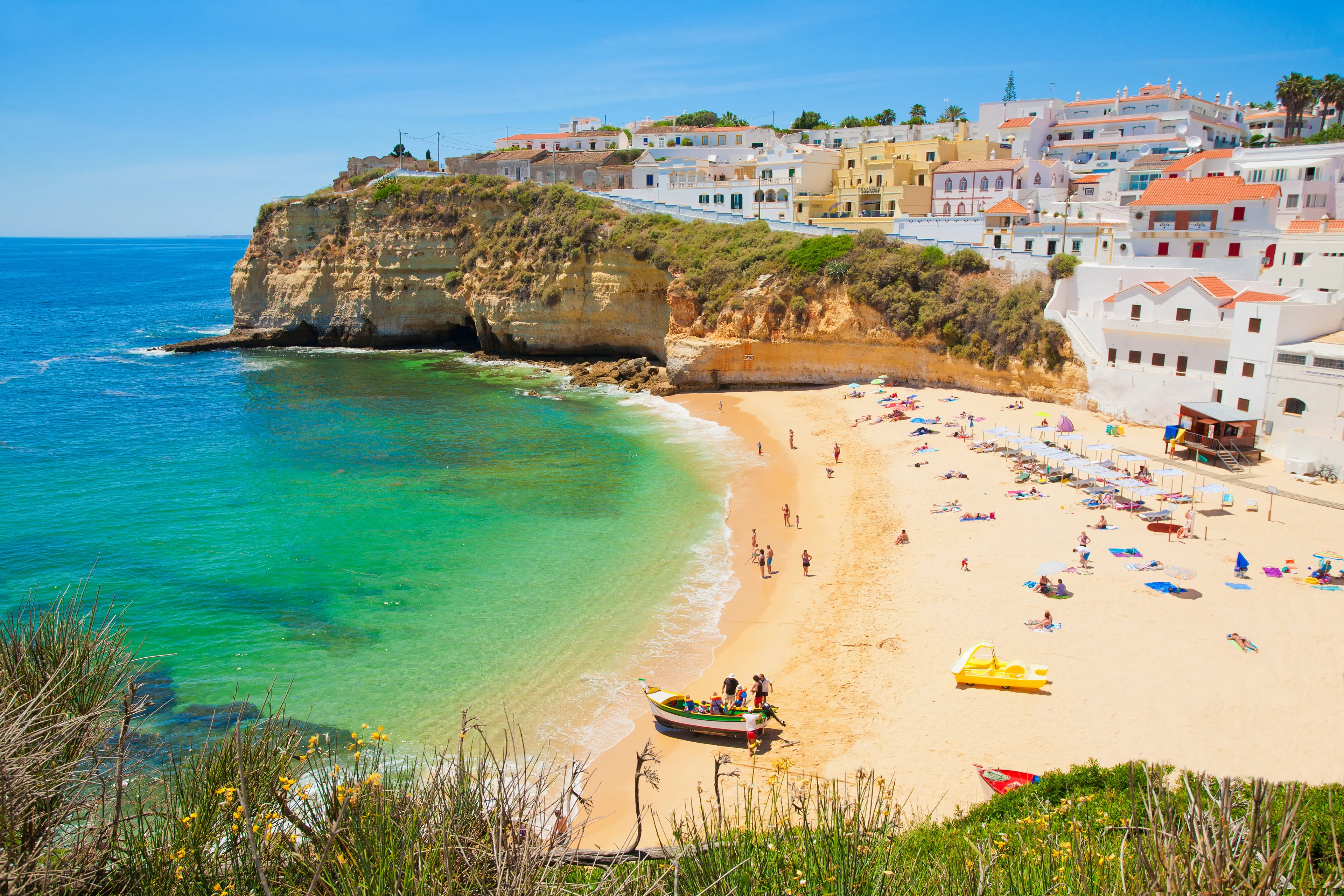
Algarve
A southernmost region of mainland Portugal, known for its Mediterranean beaches and golf resorts.
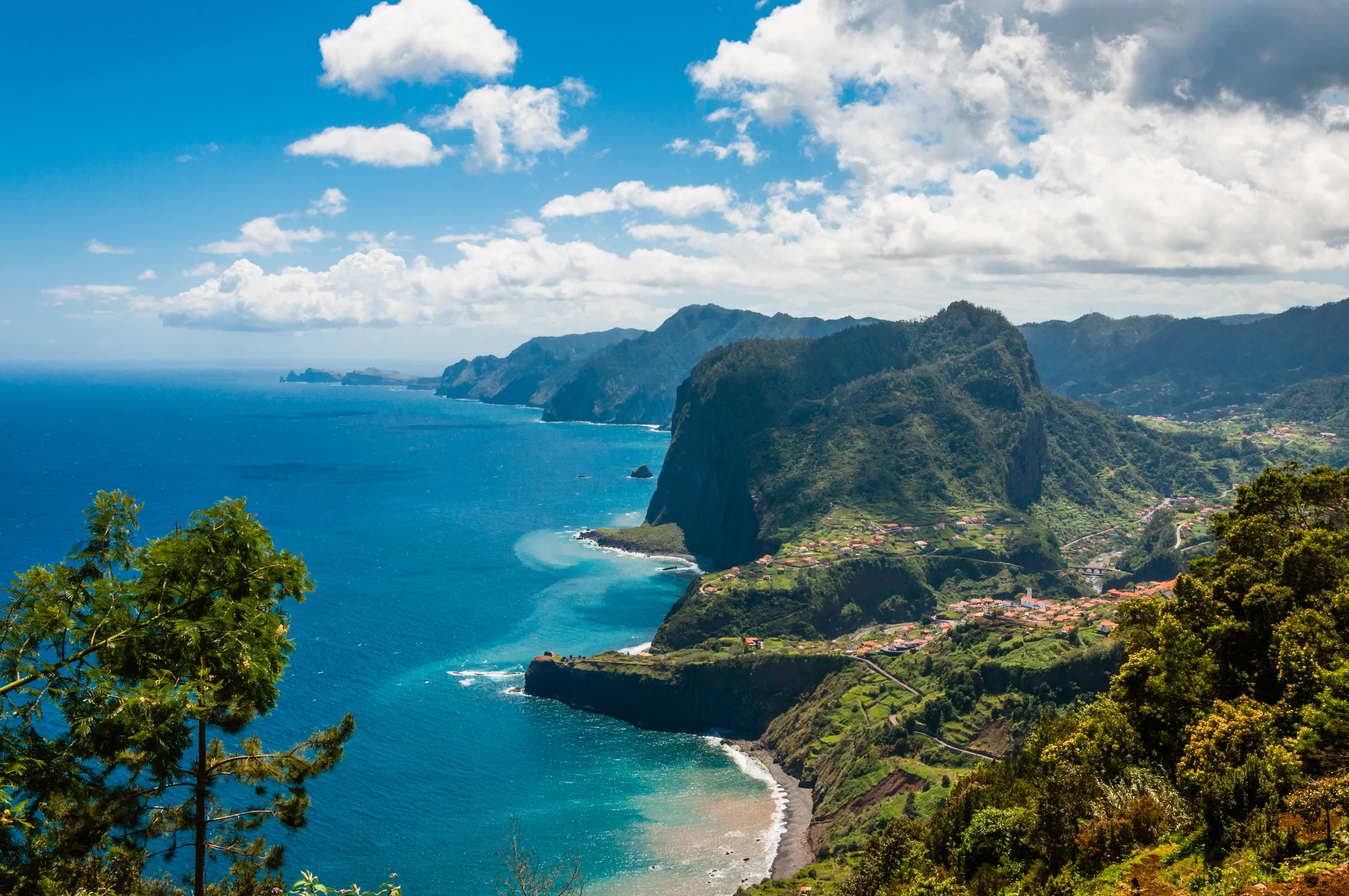
Madeira
An archipelago comprising 4 islands off the northwest coast of Africa. Known for its namesake wine and warm, subtropical climate.
